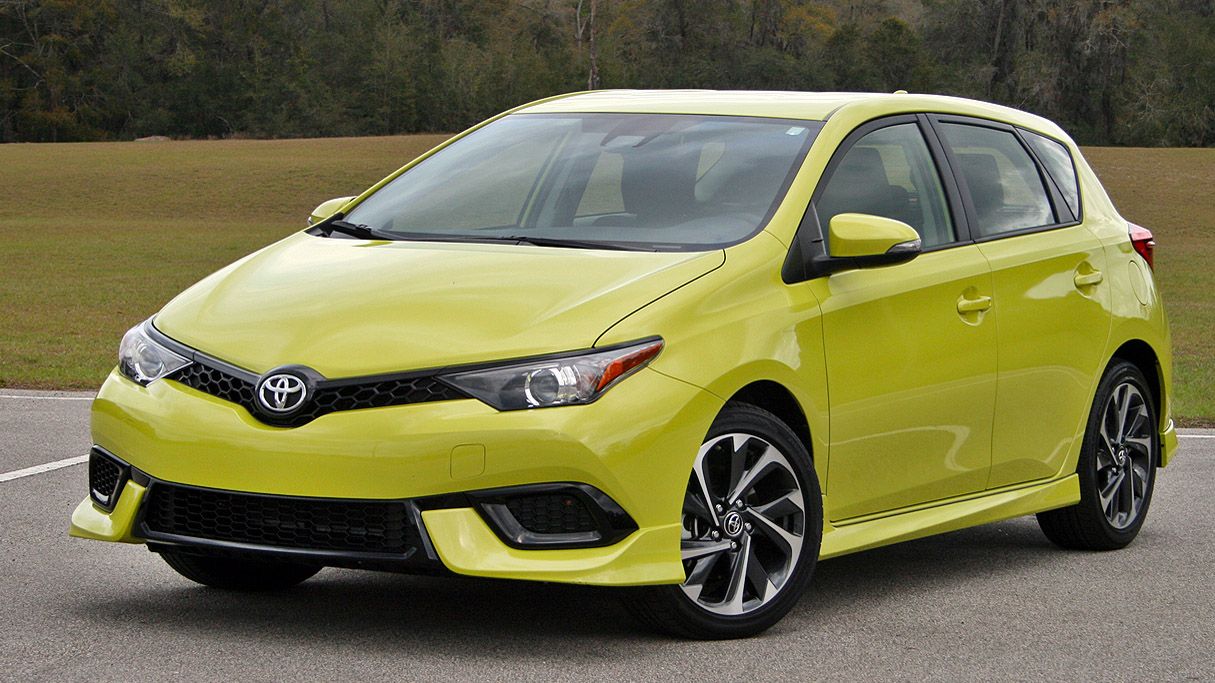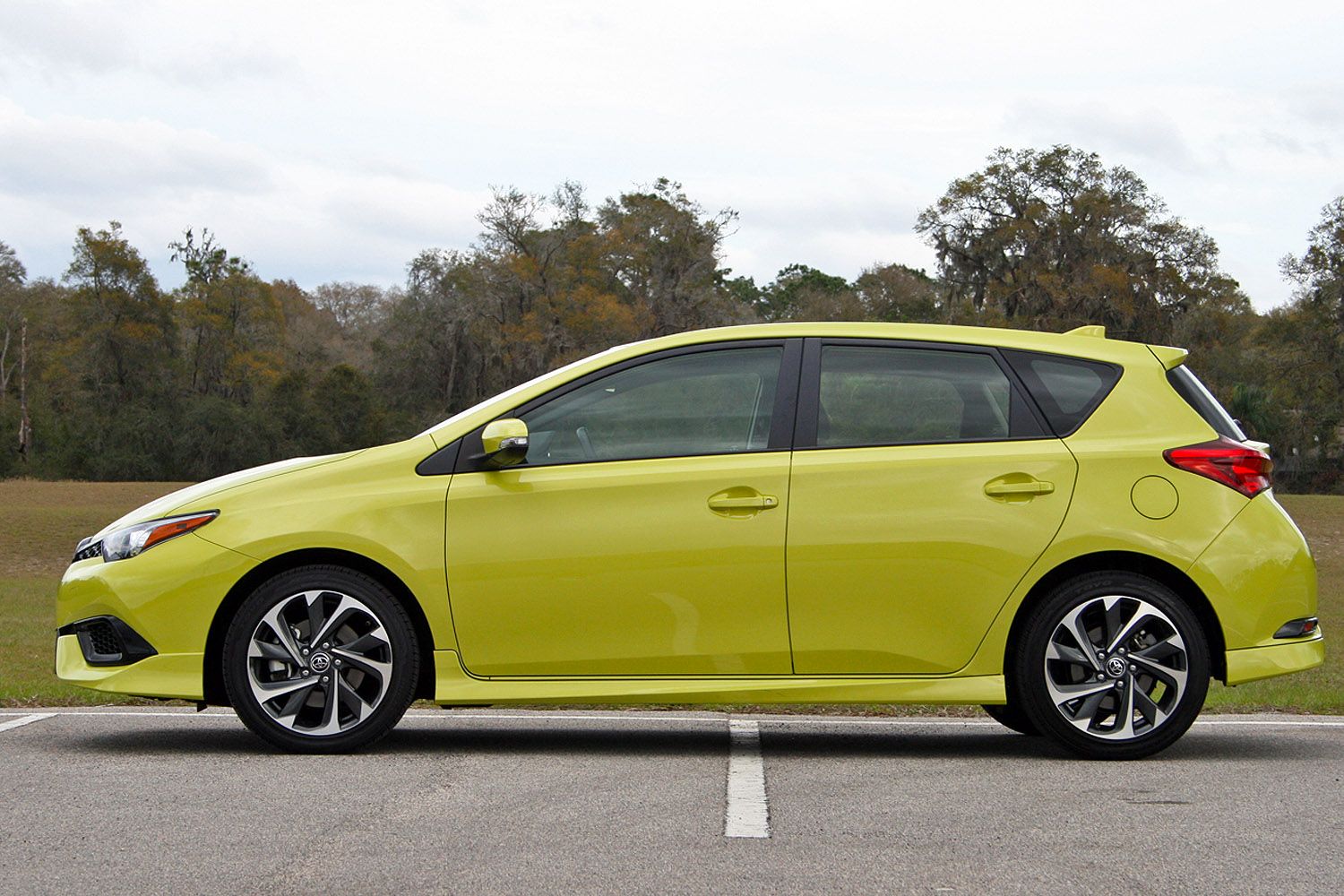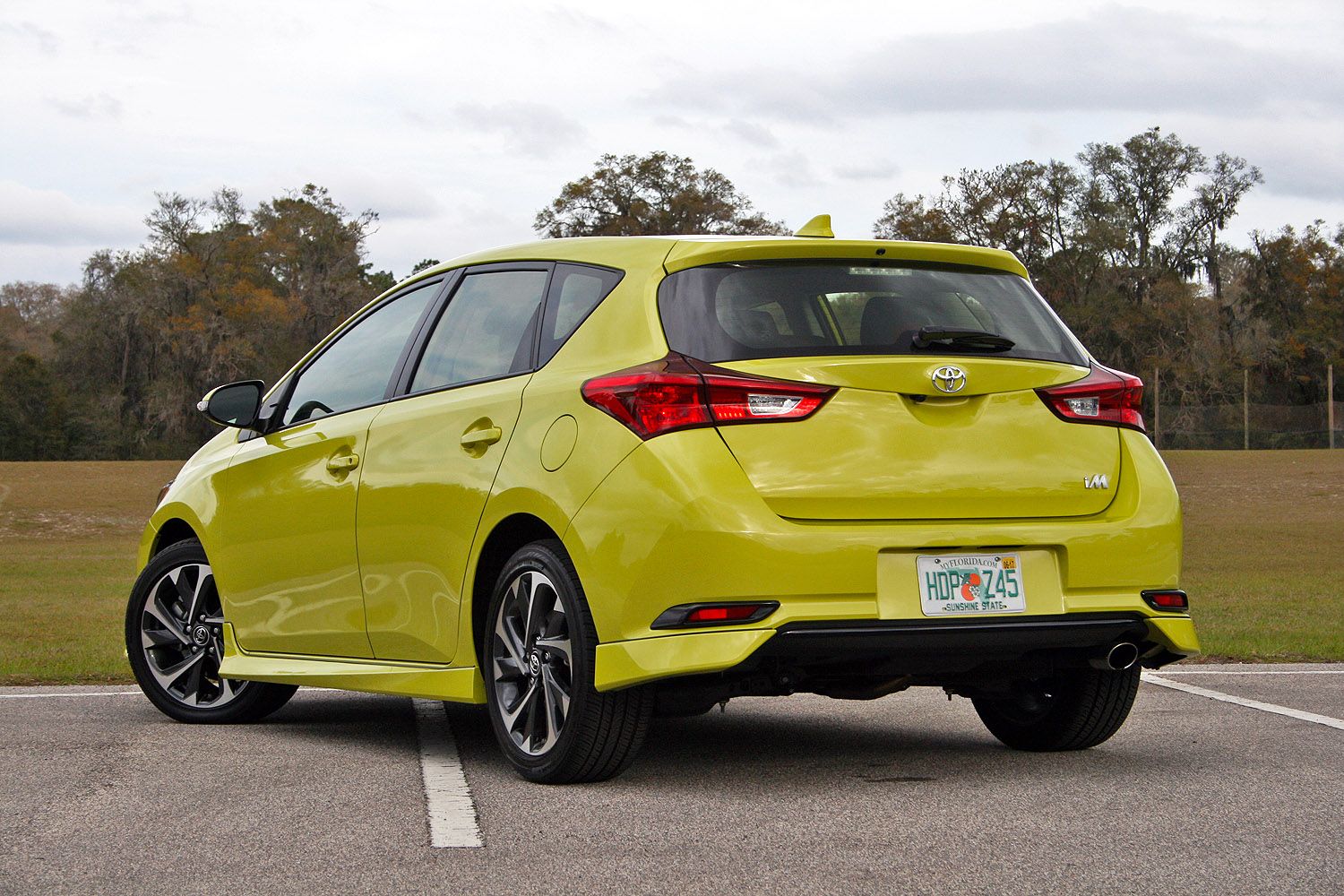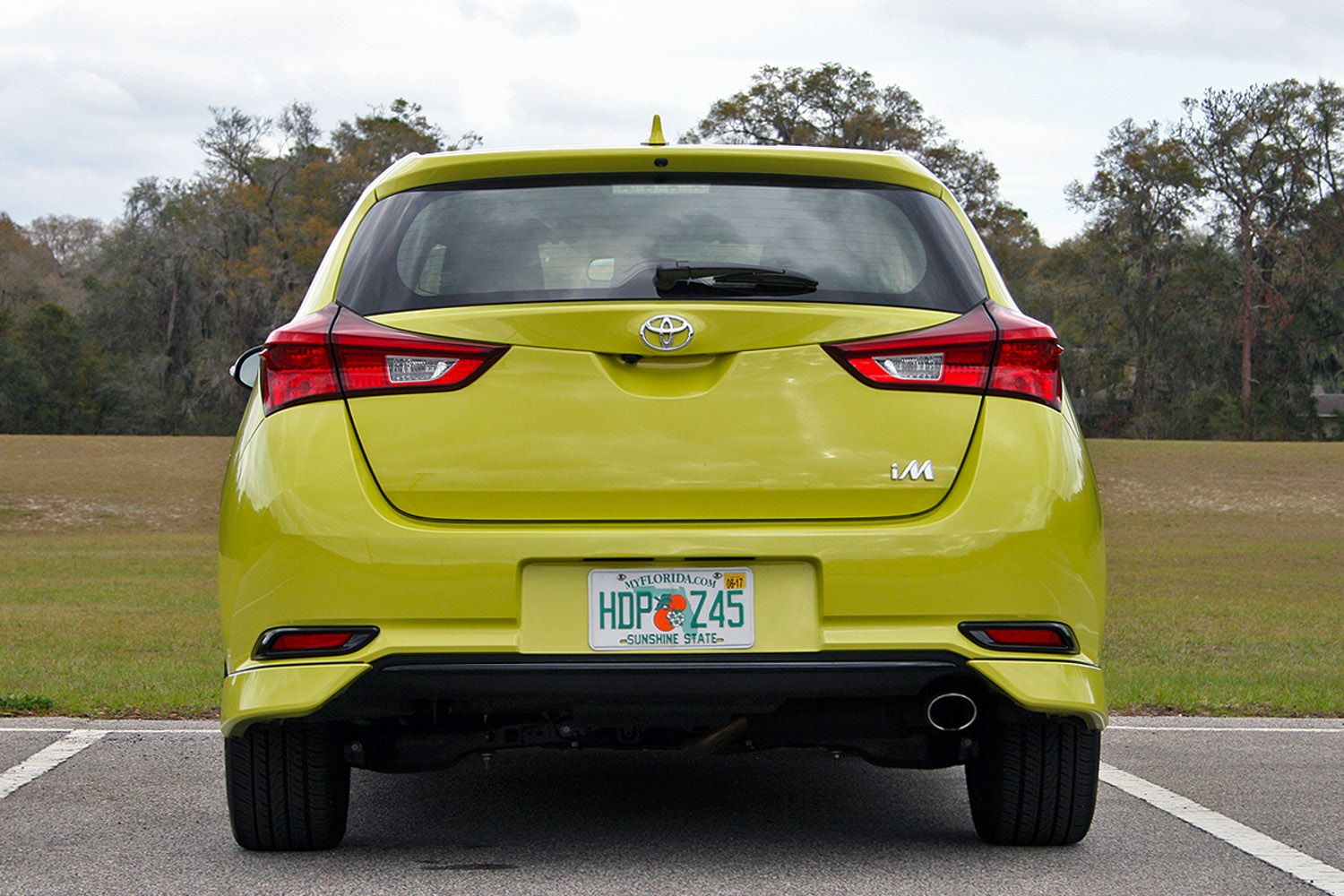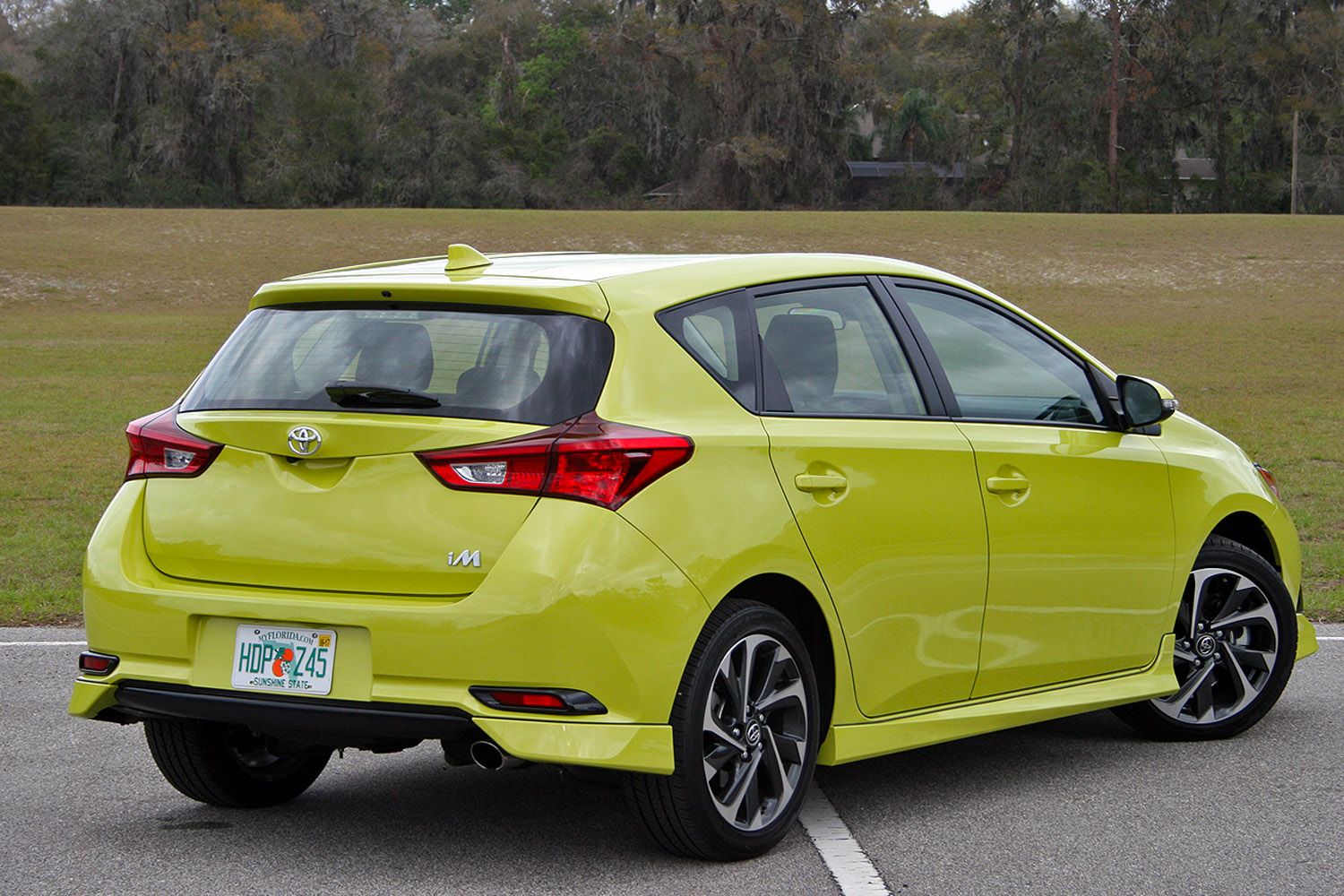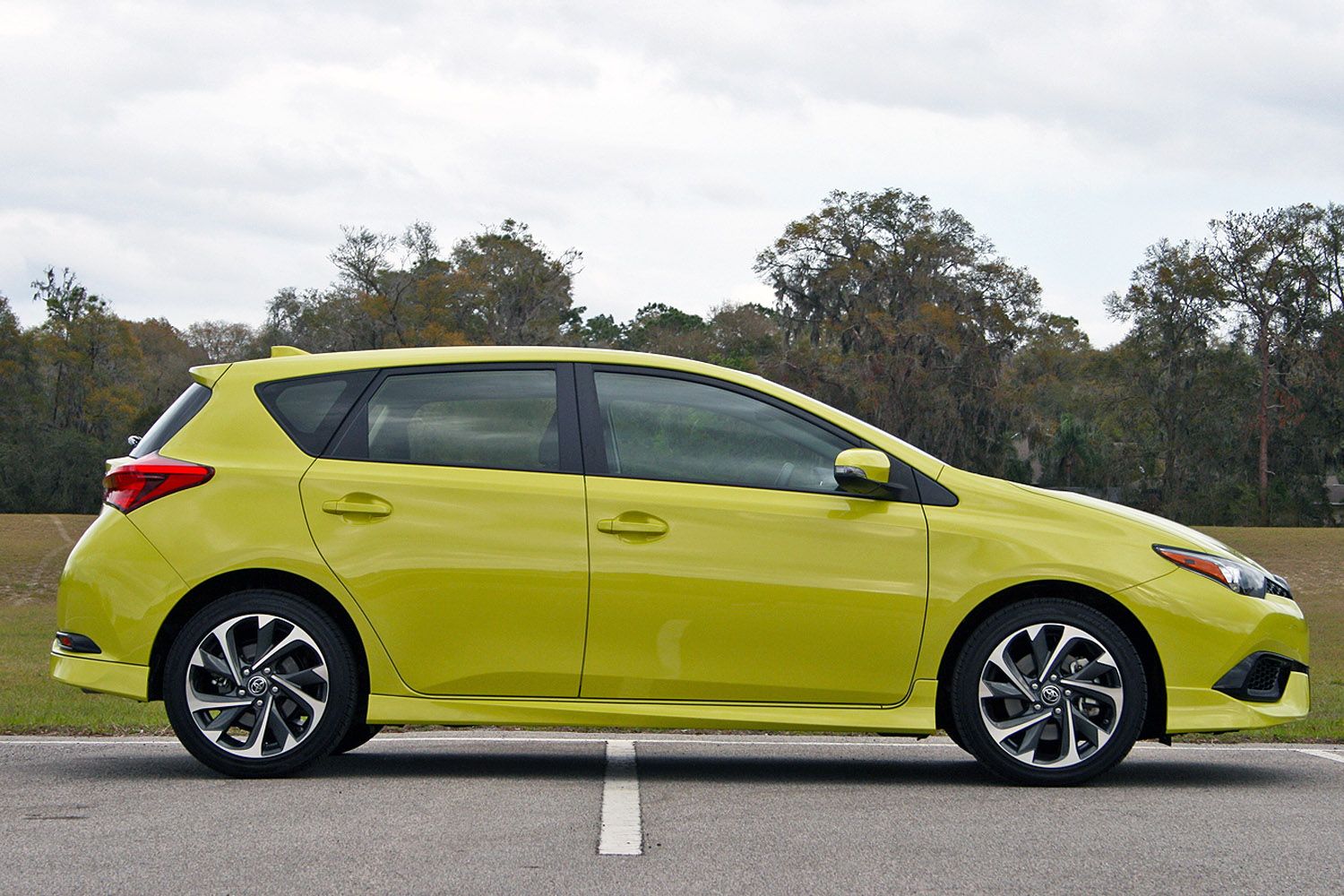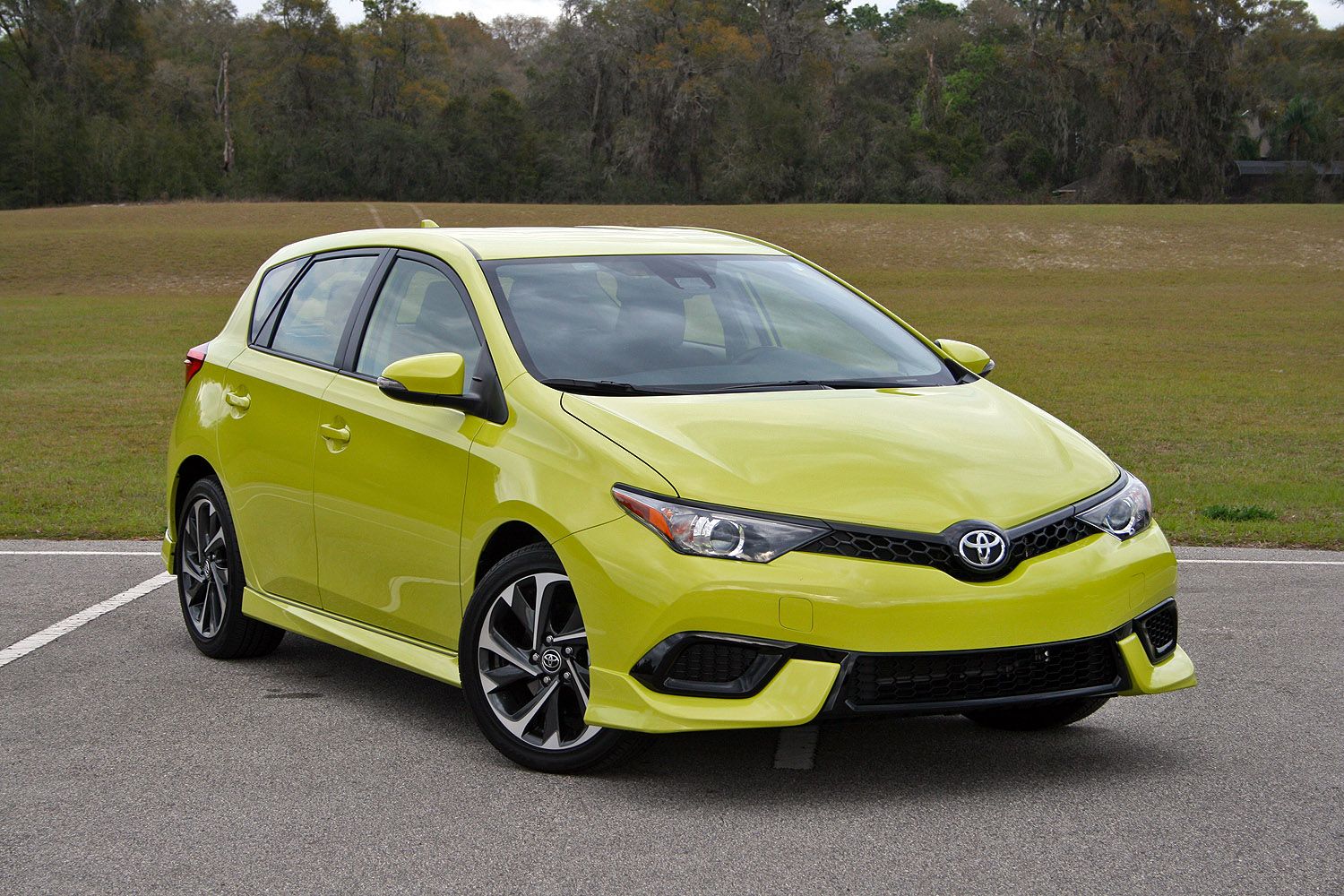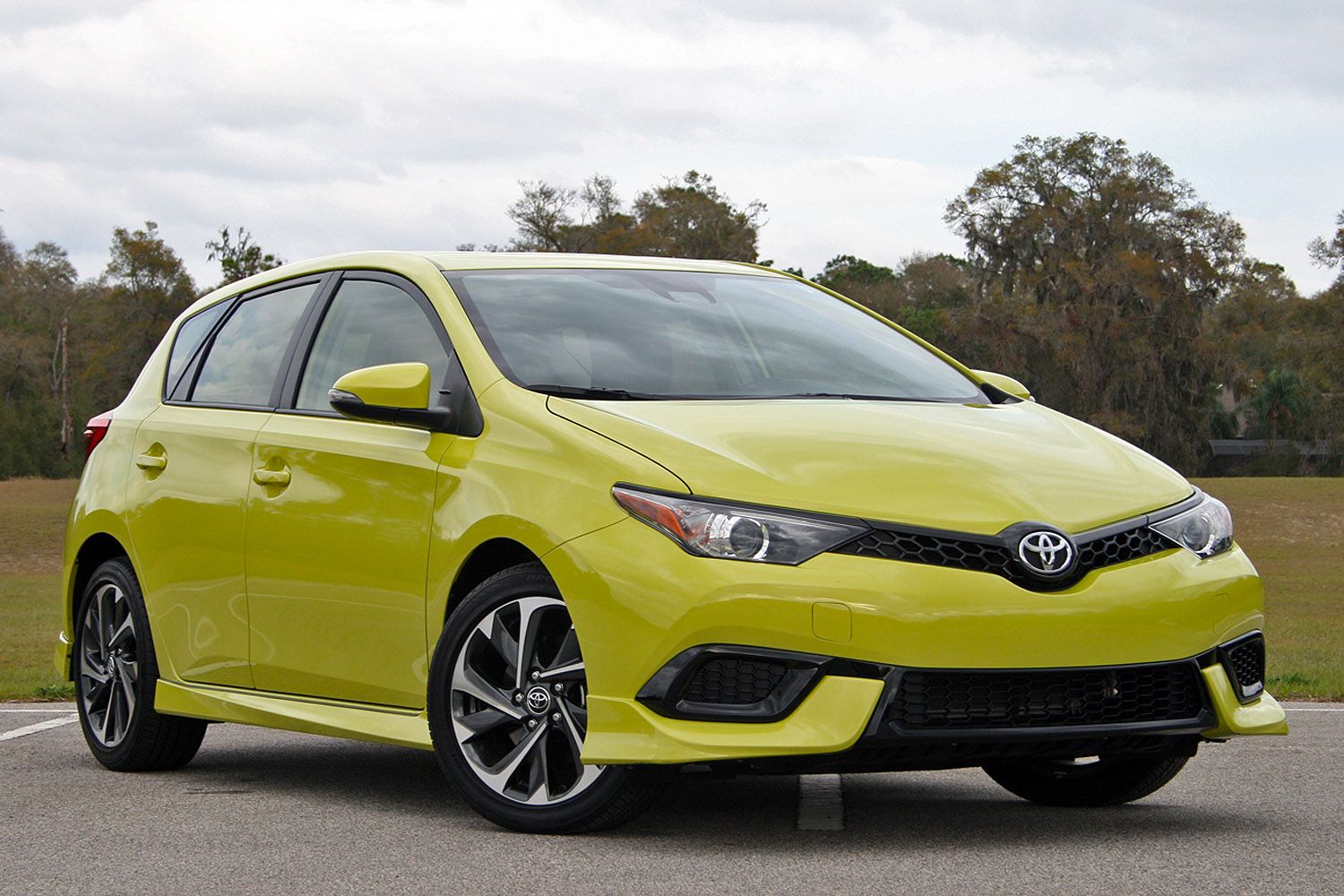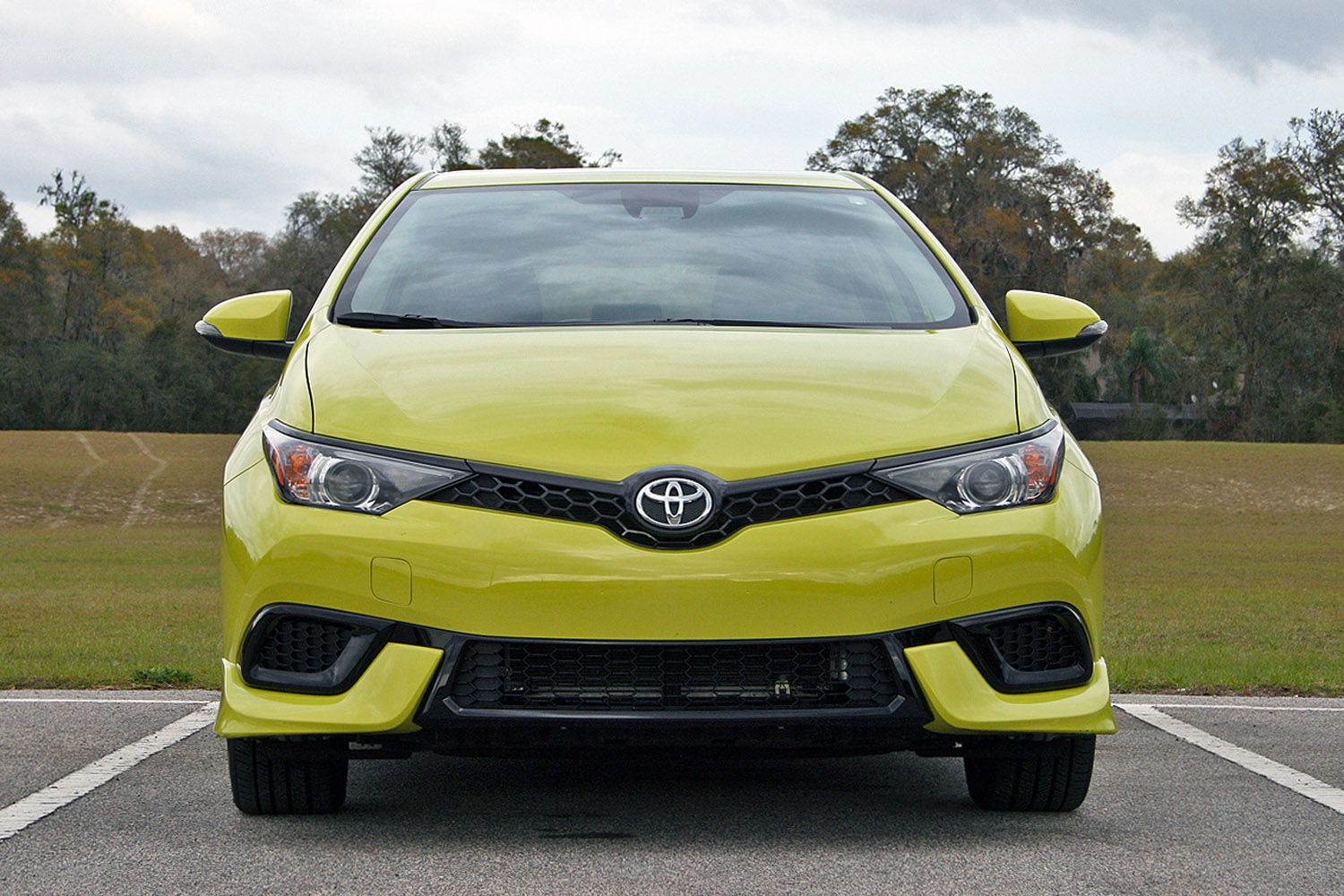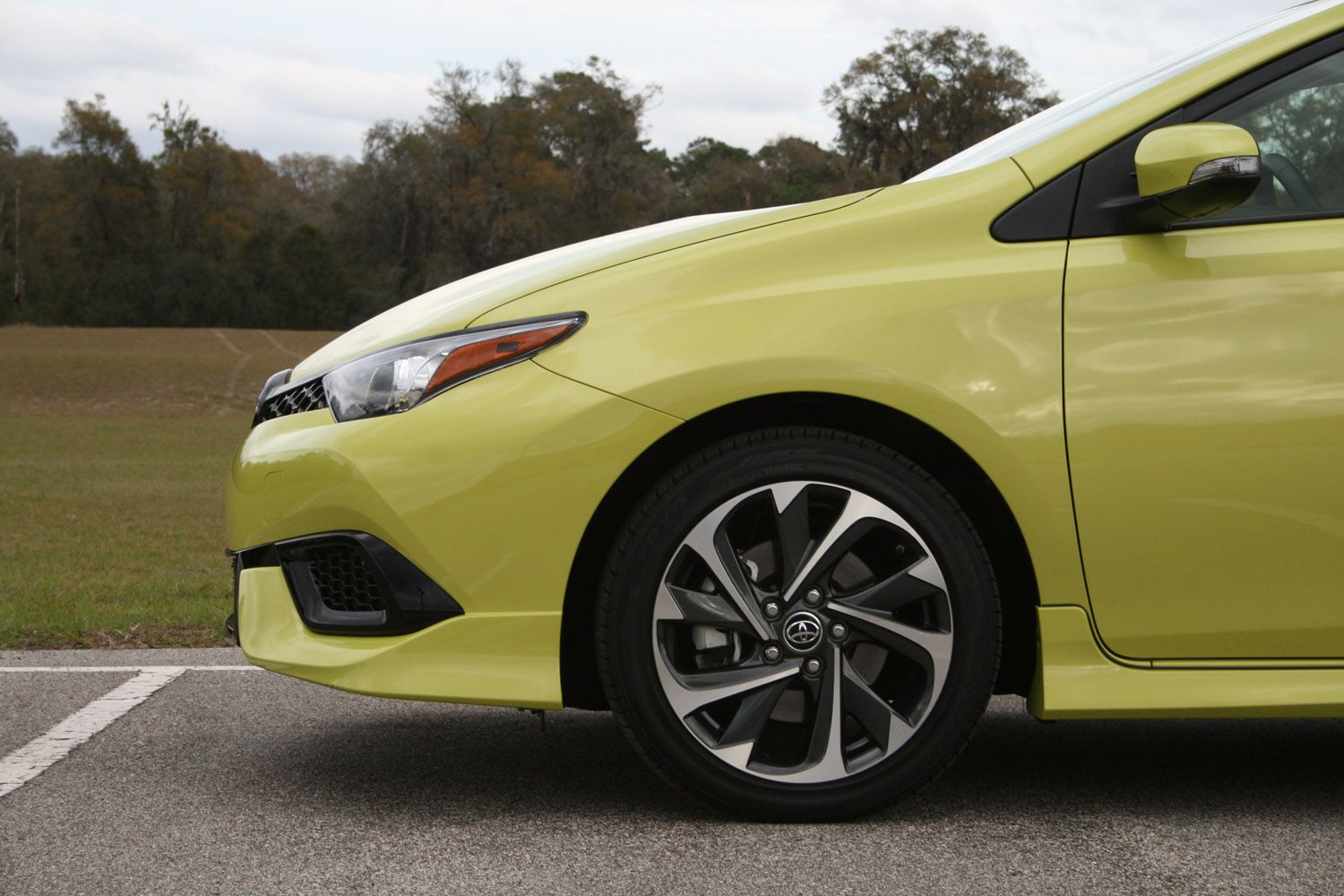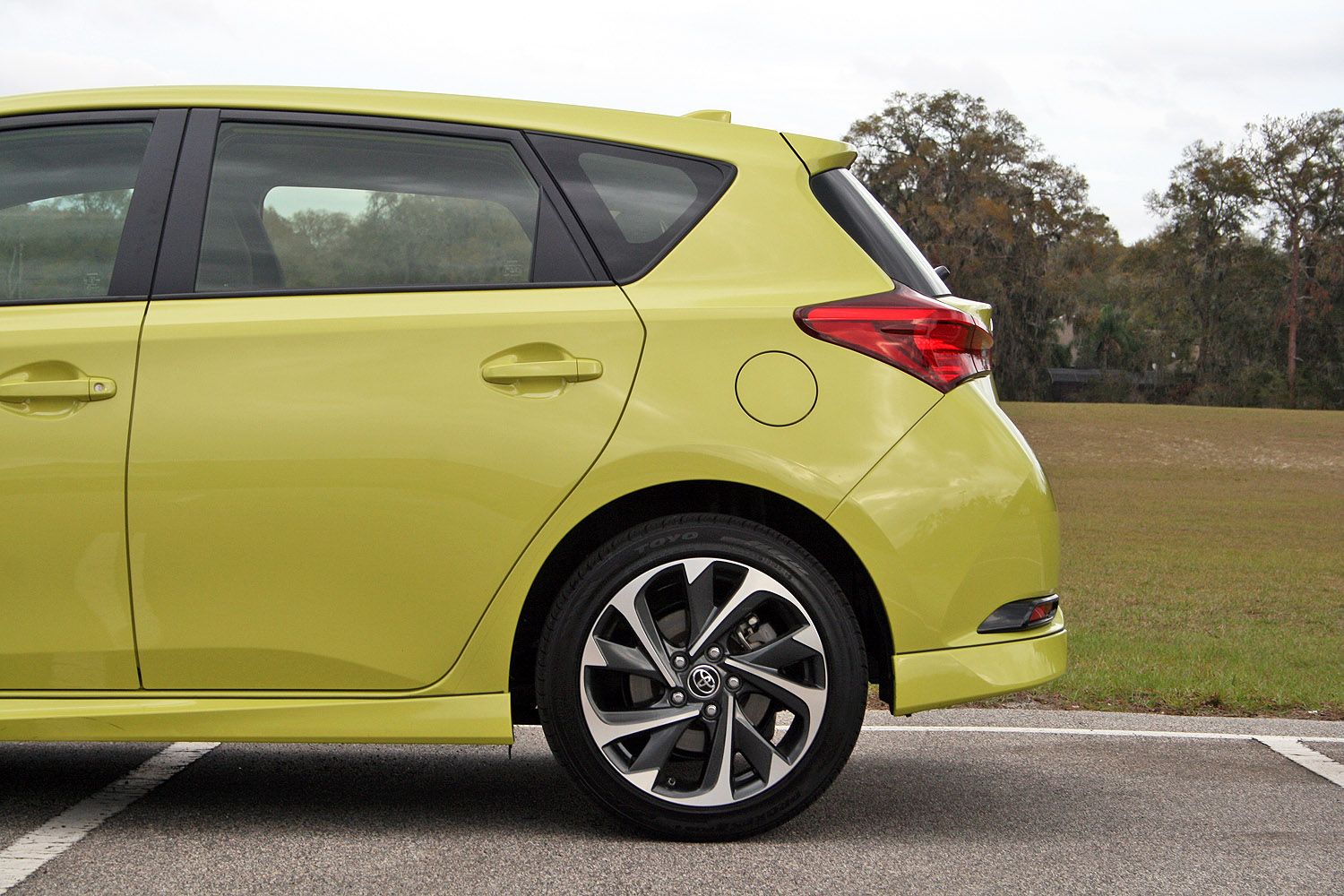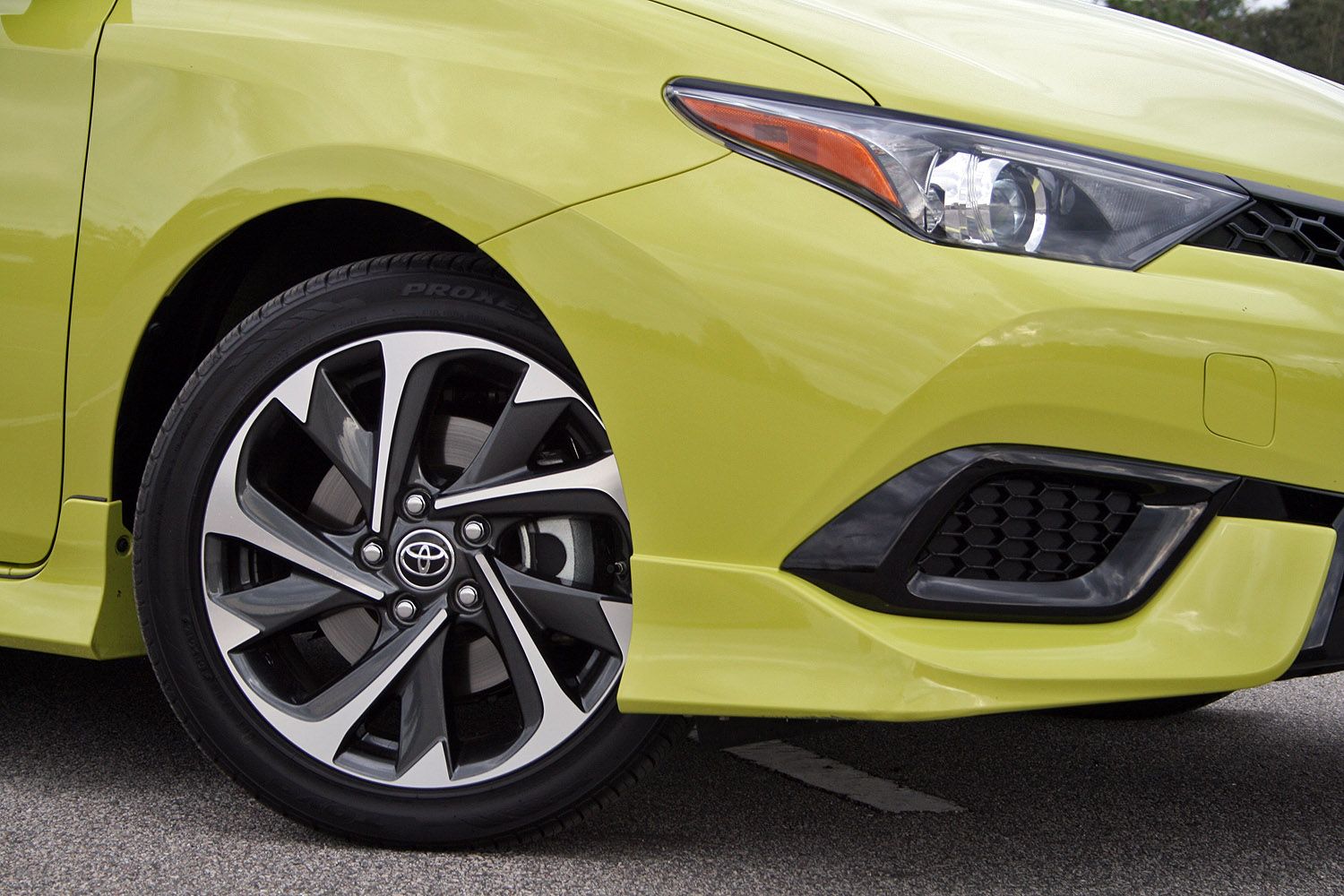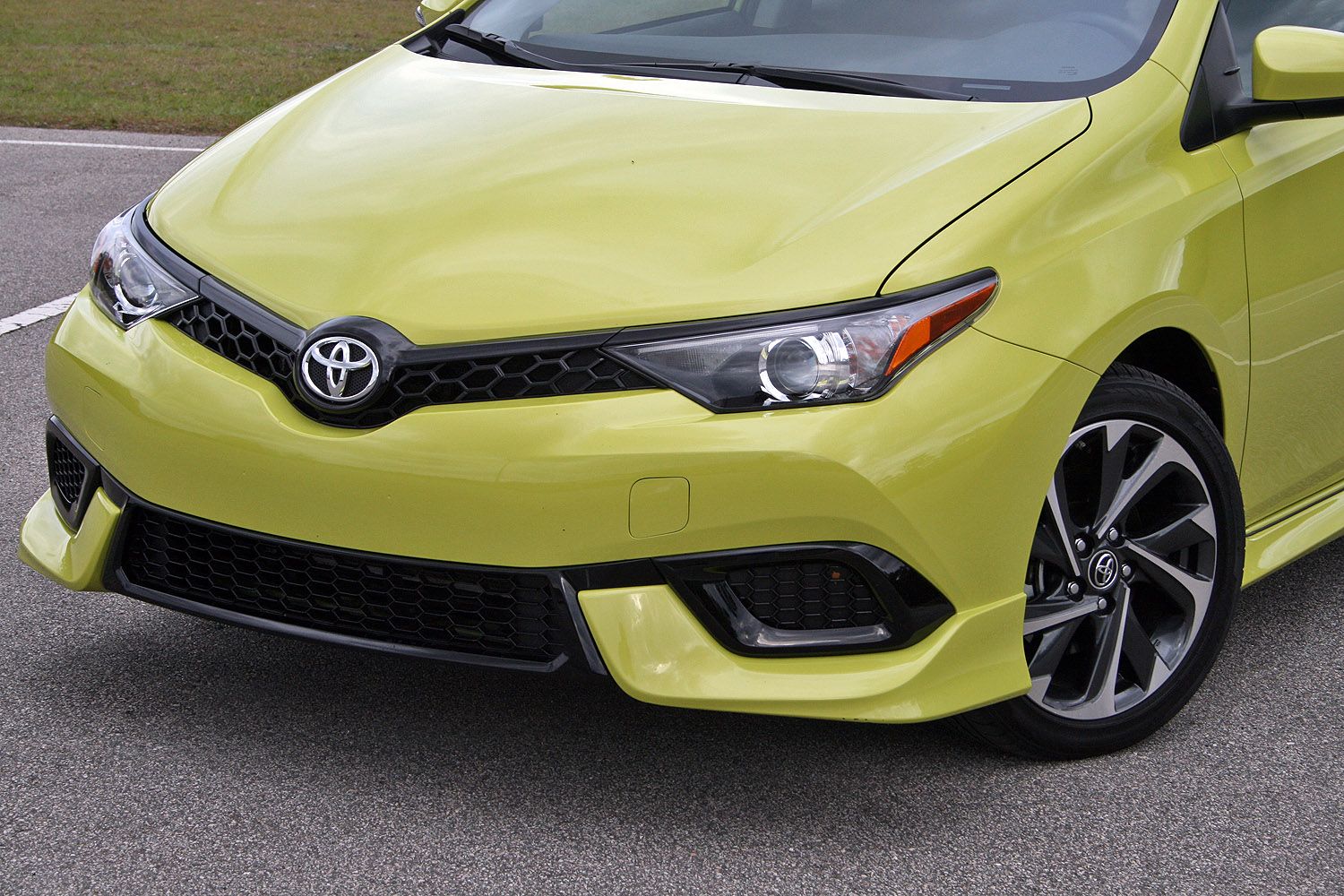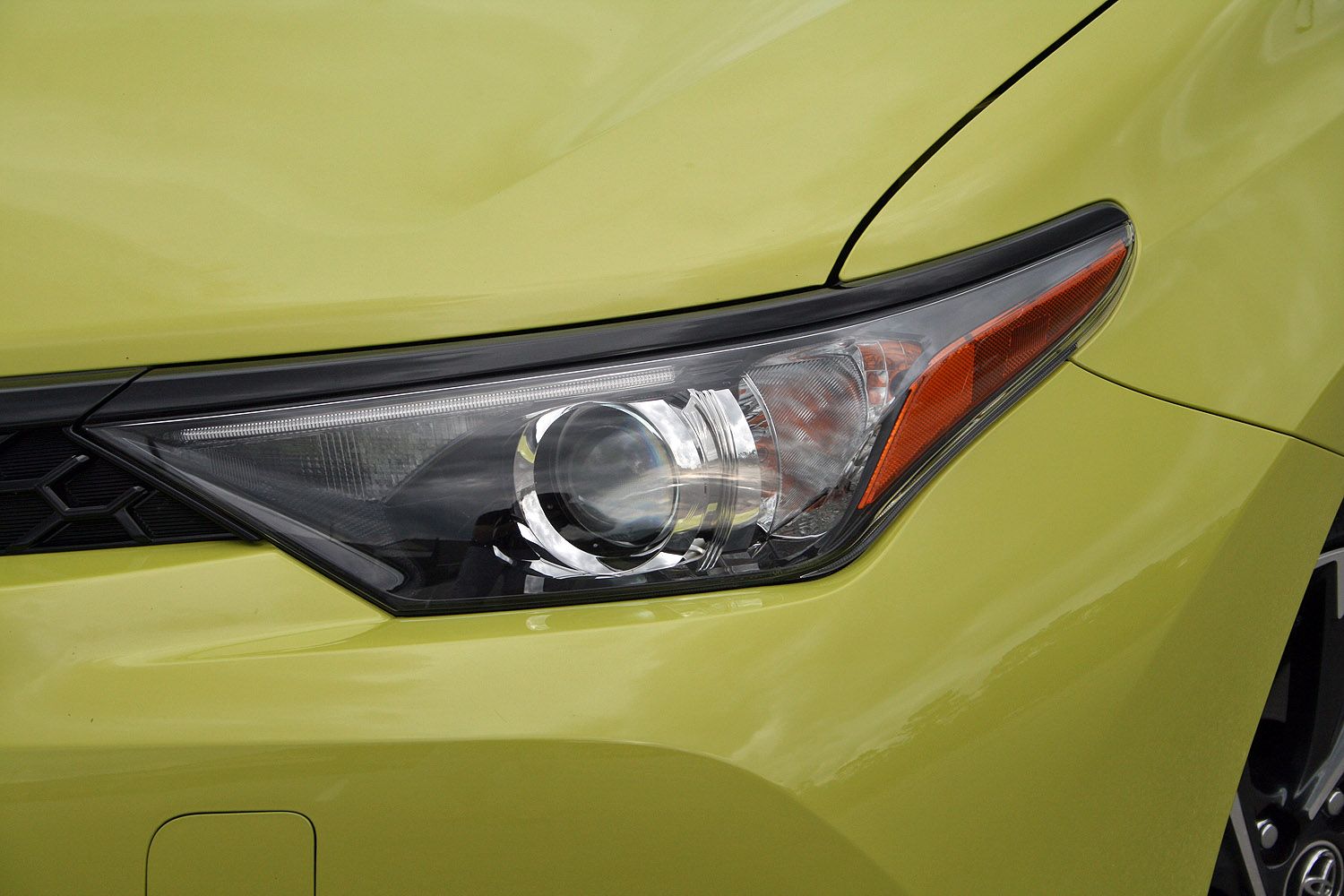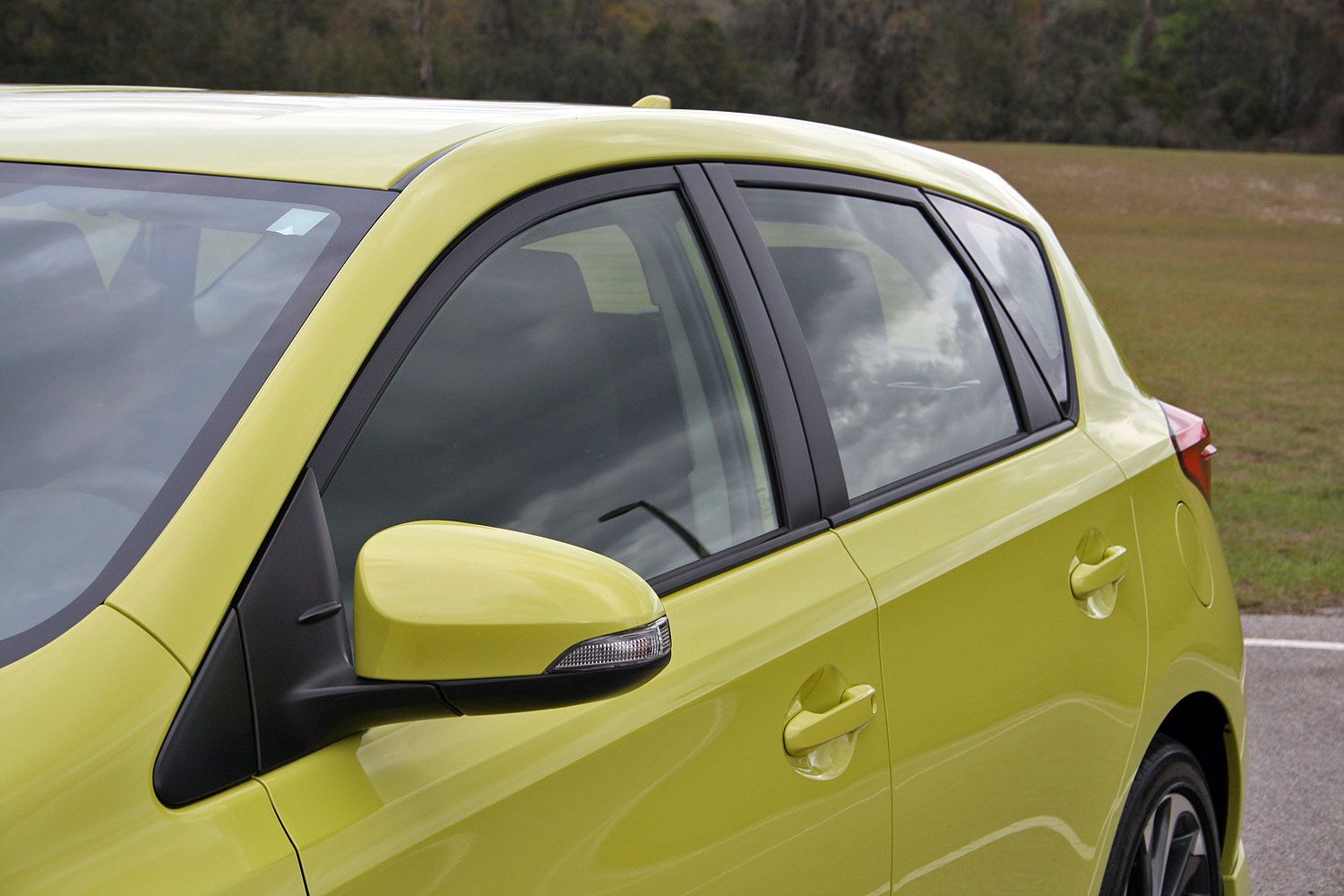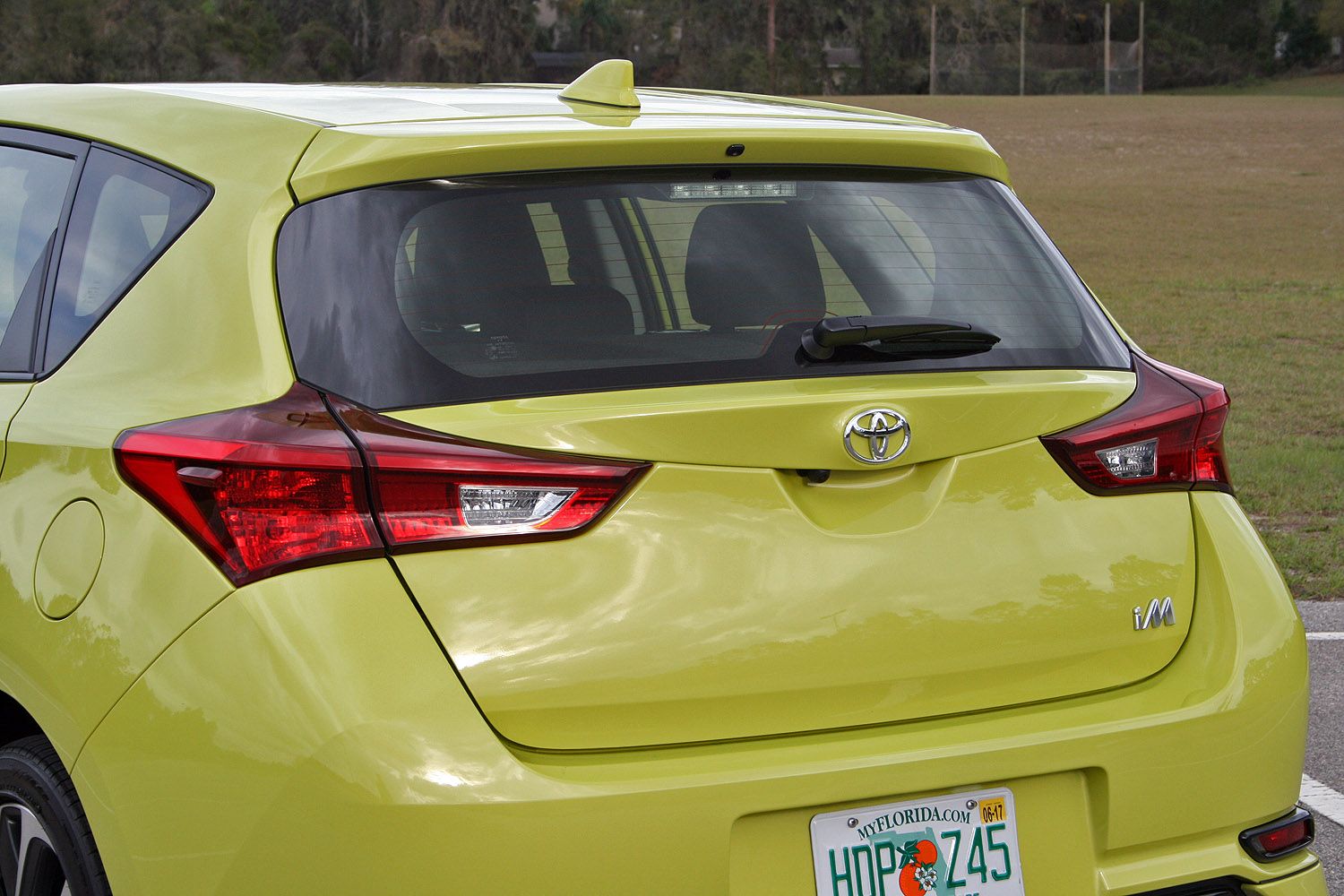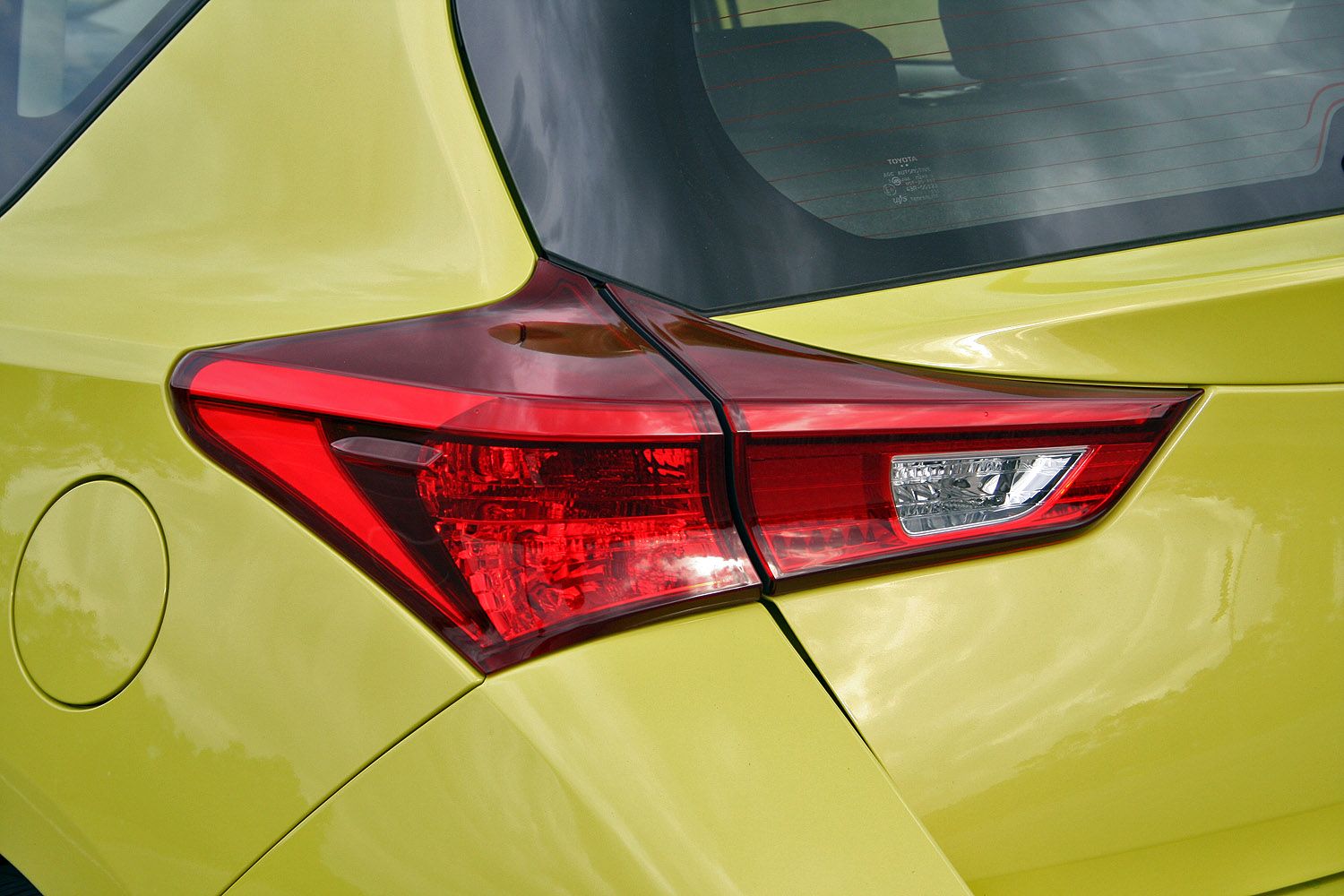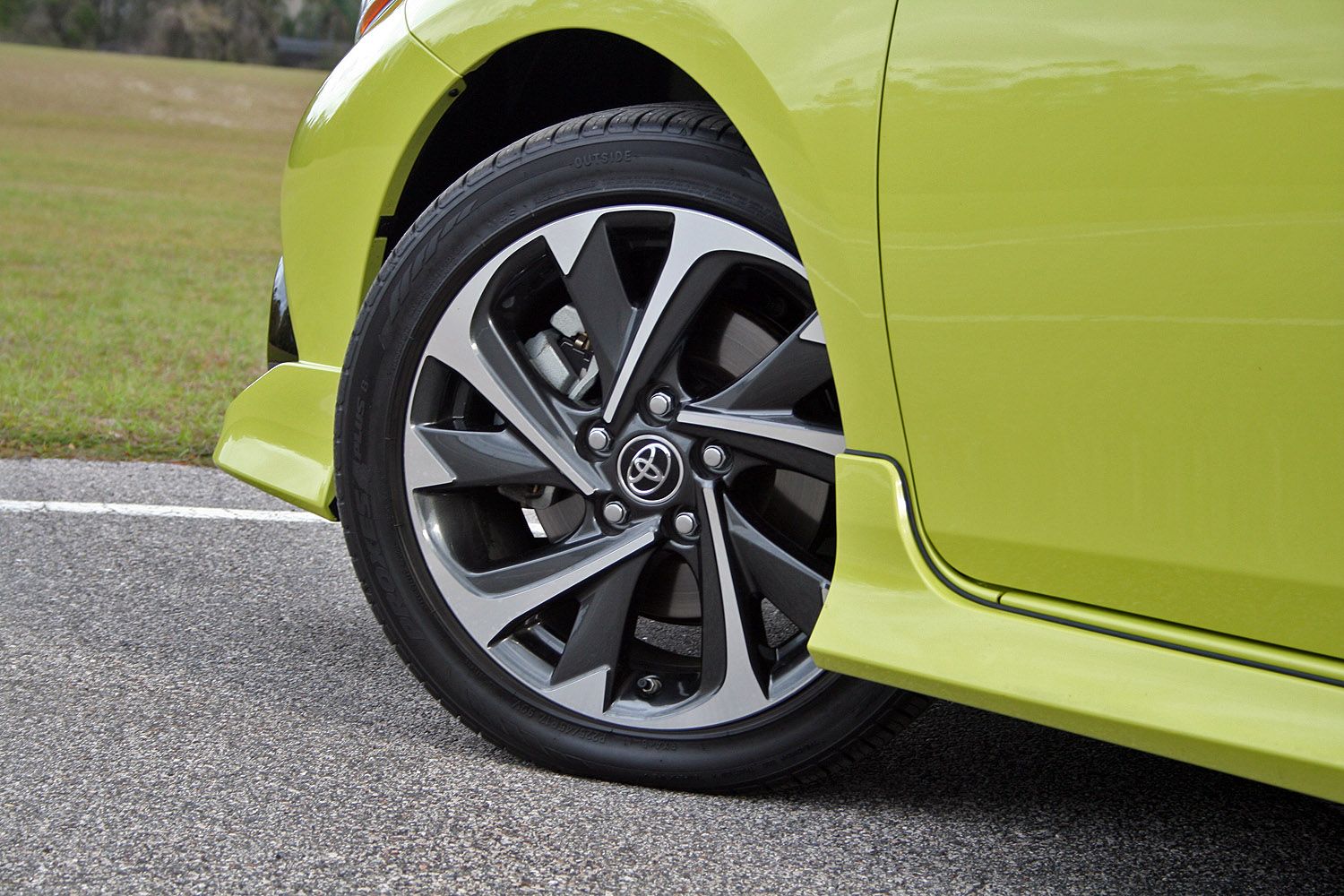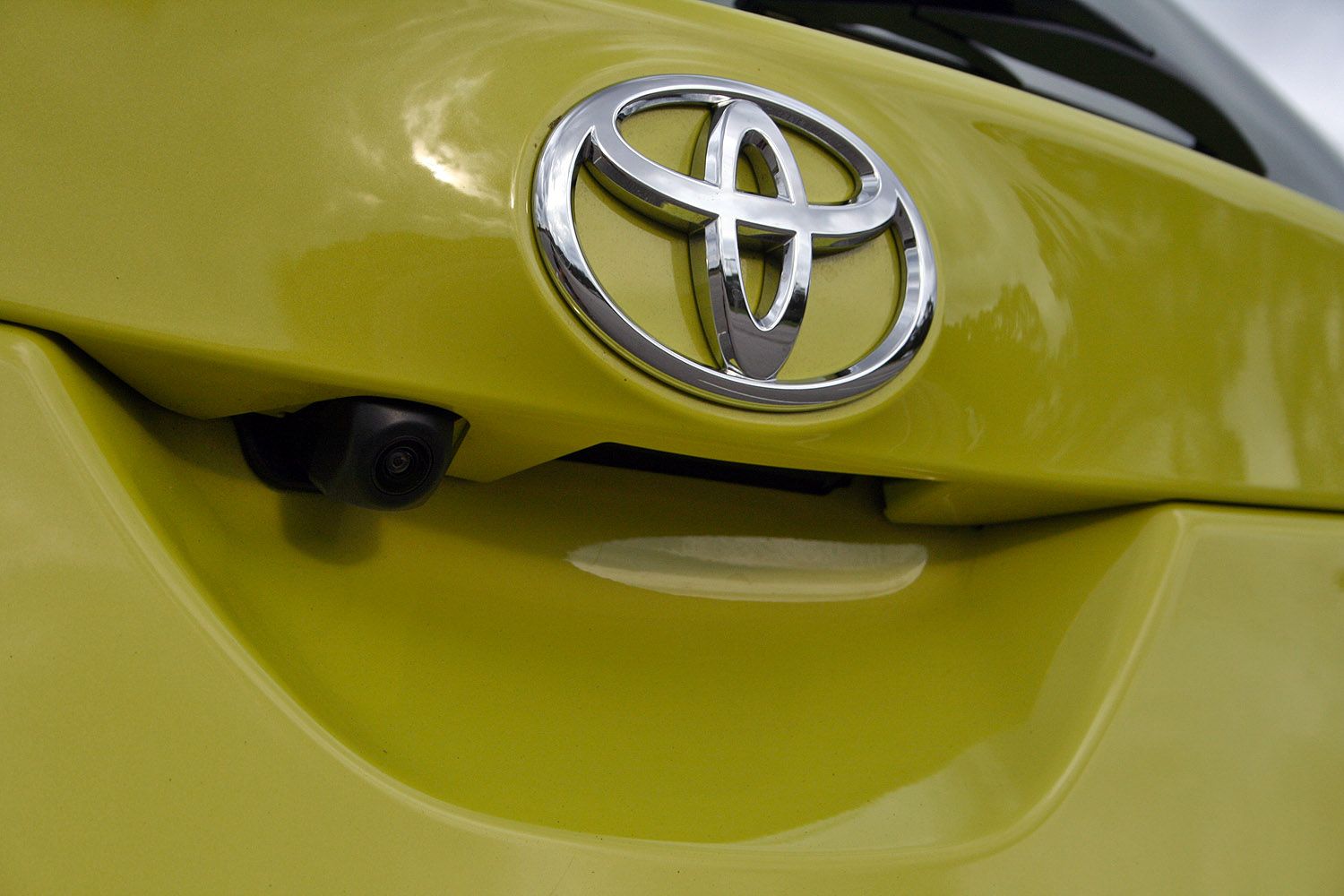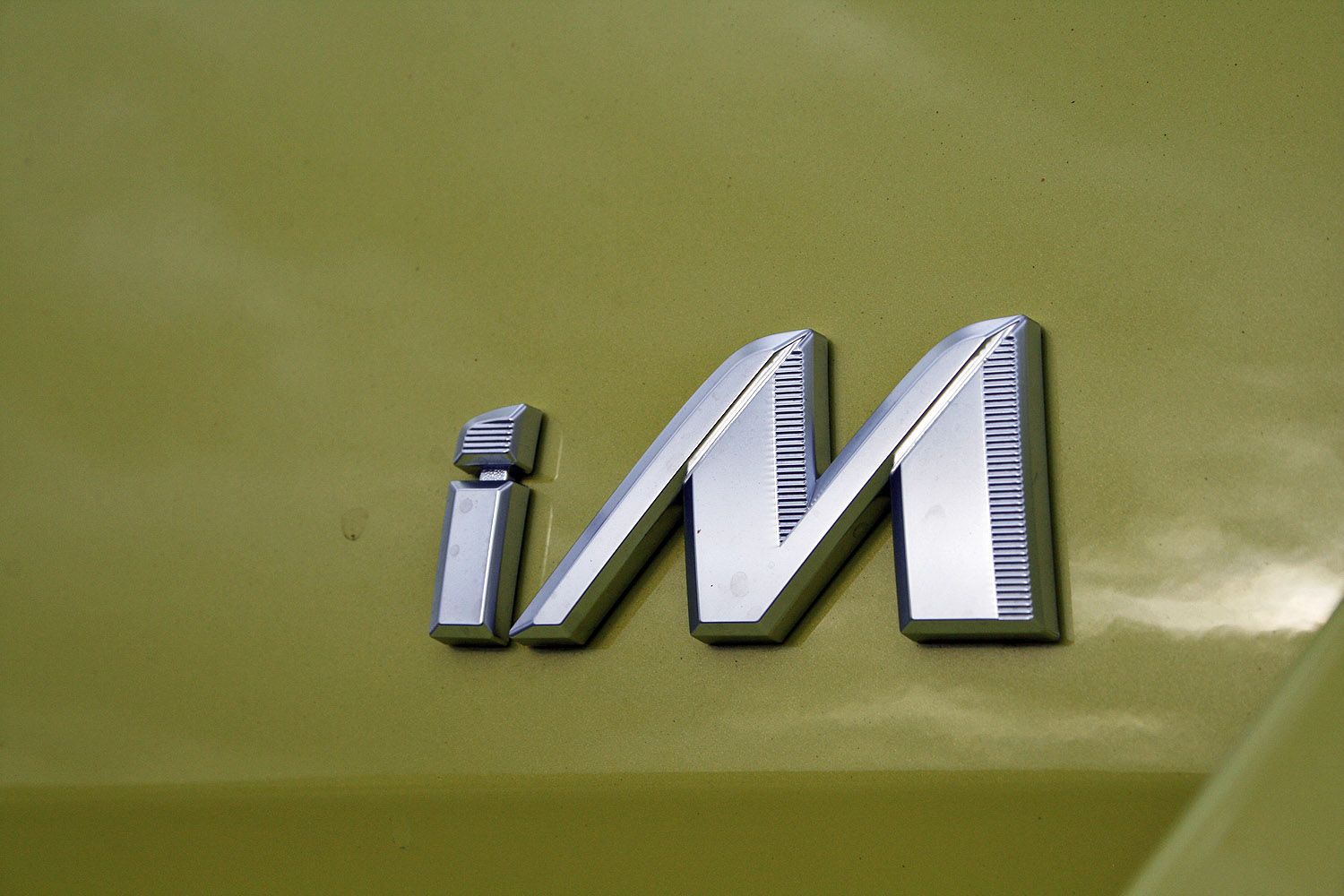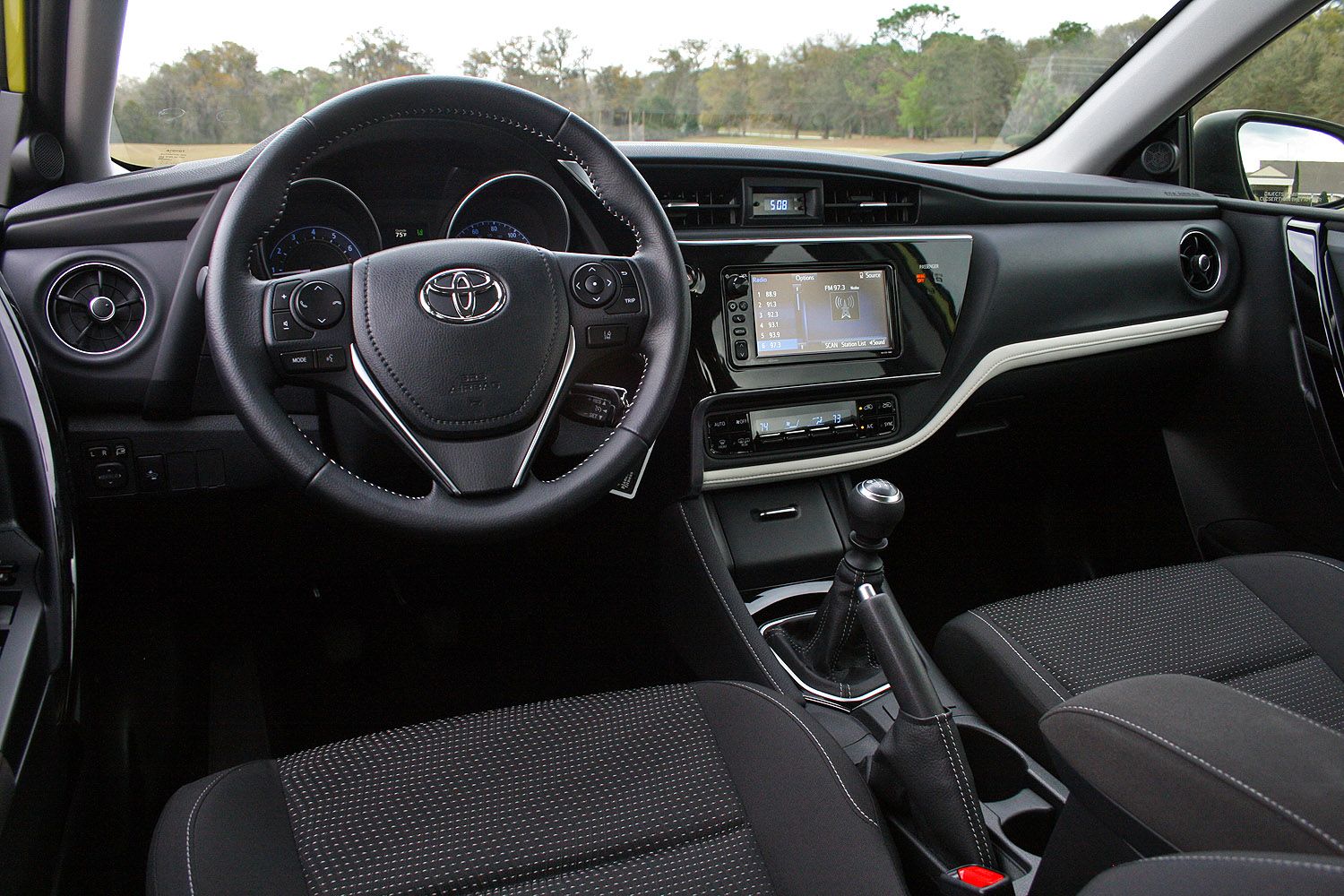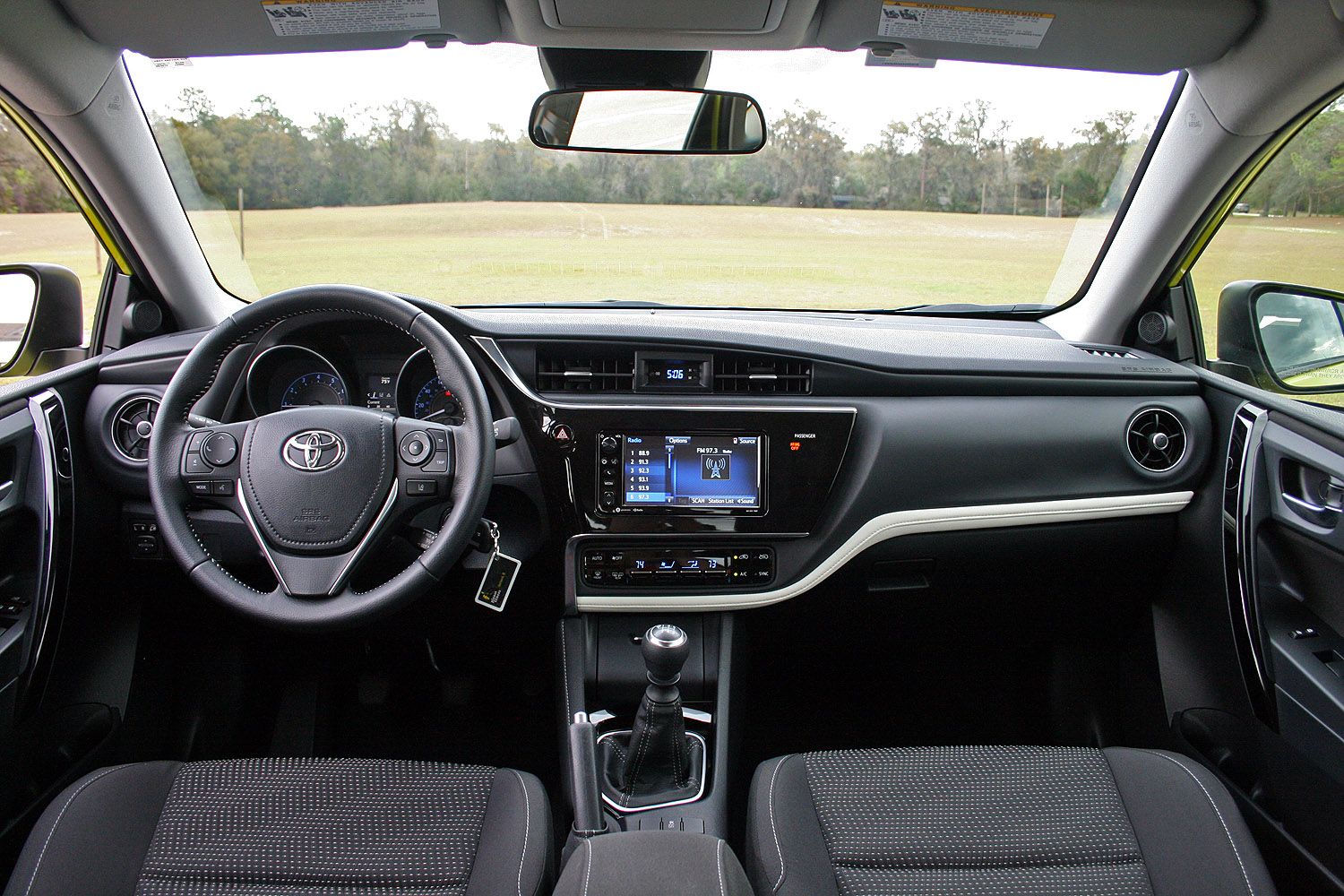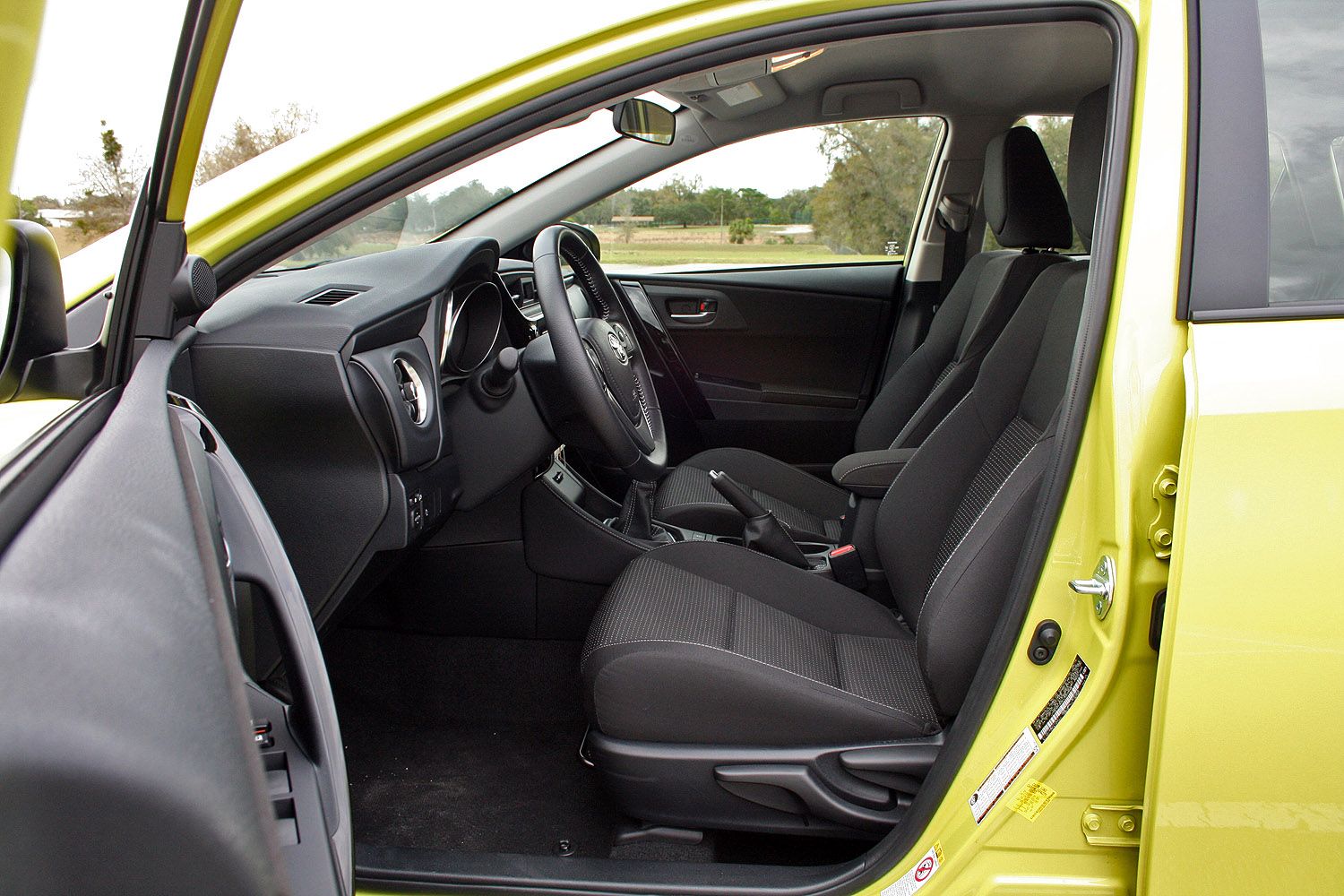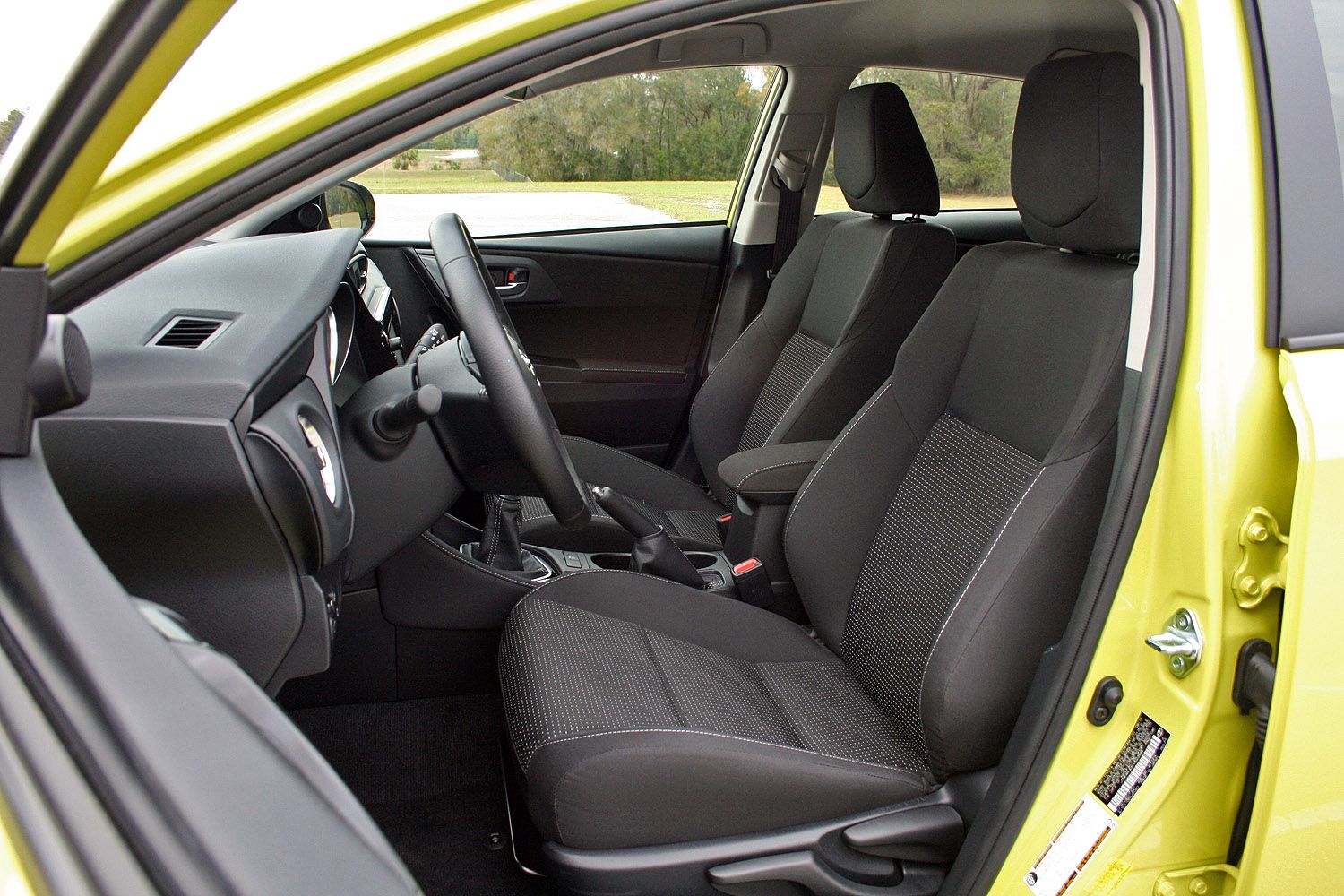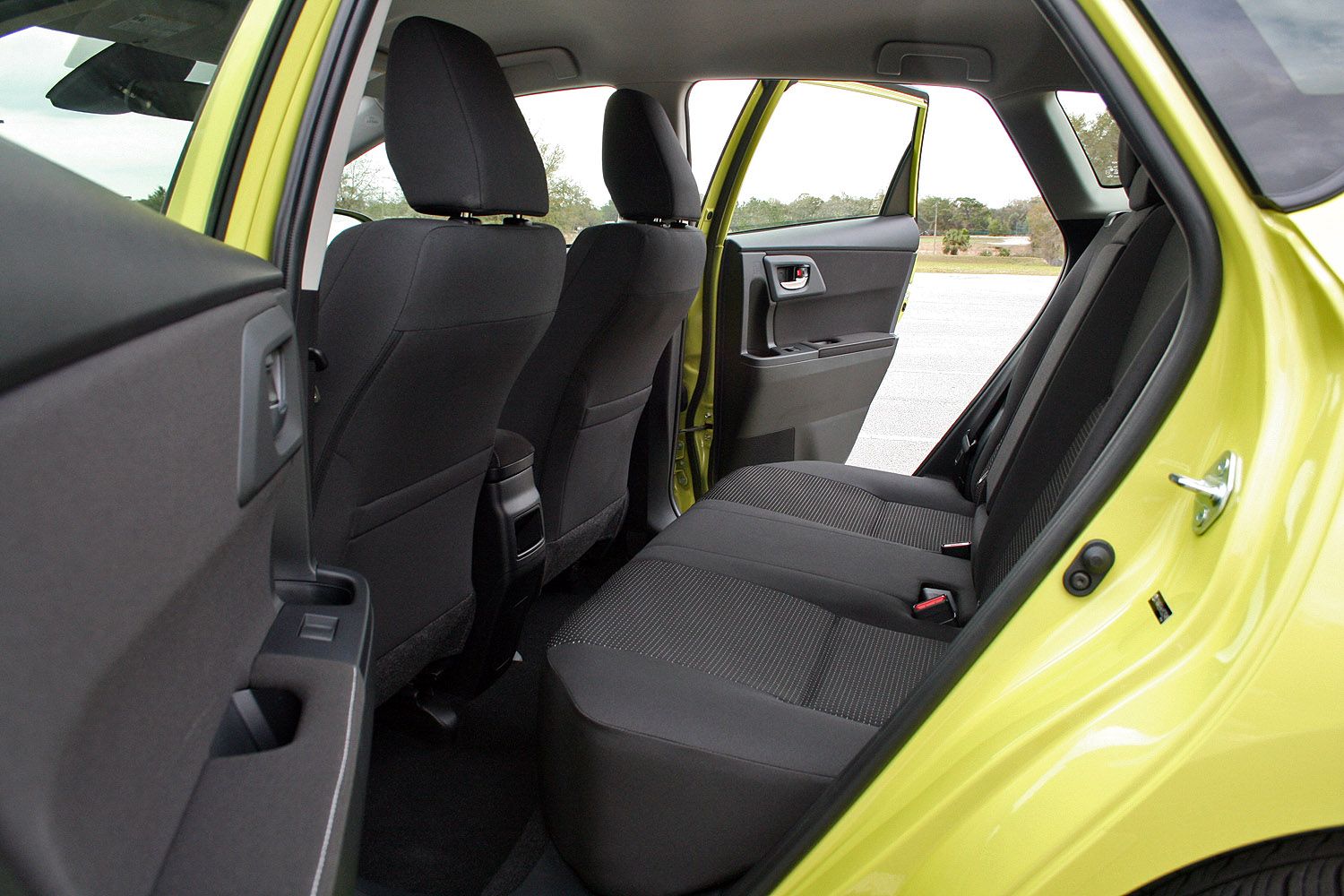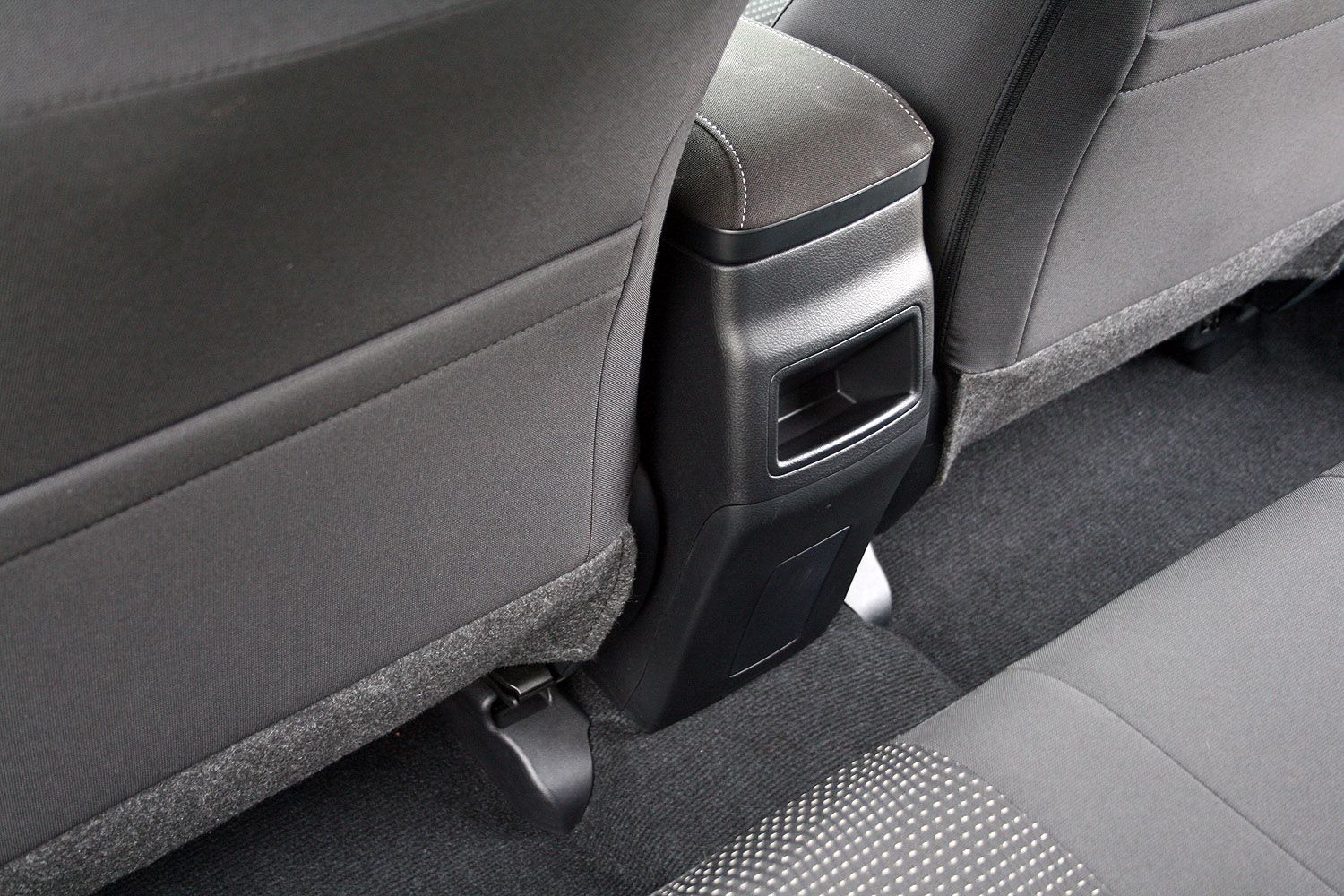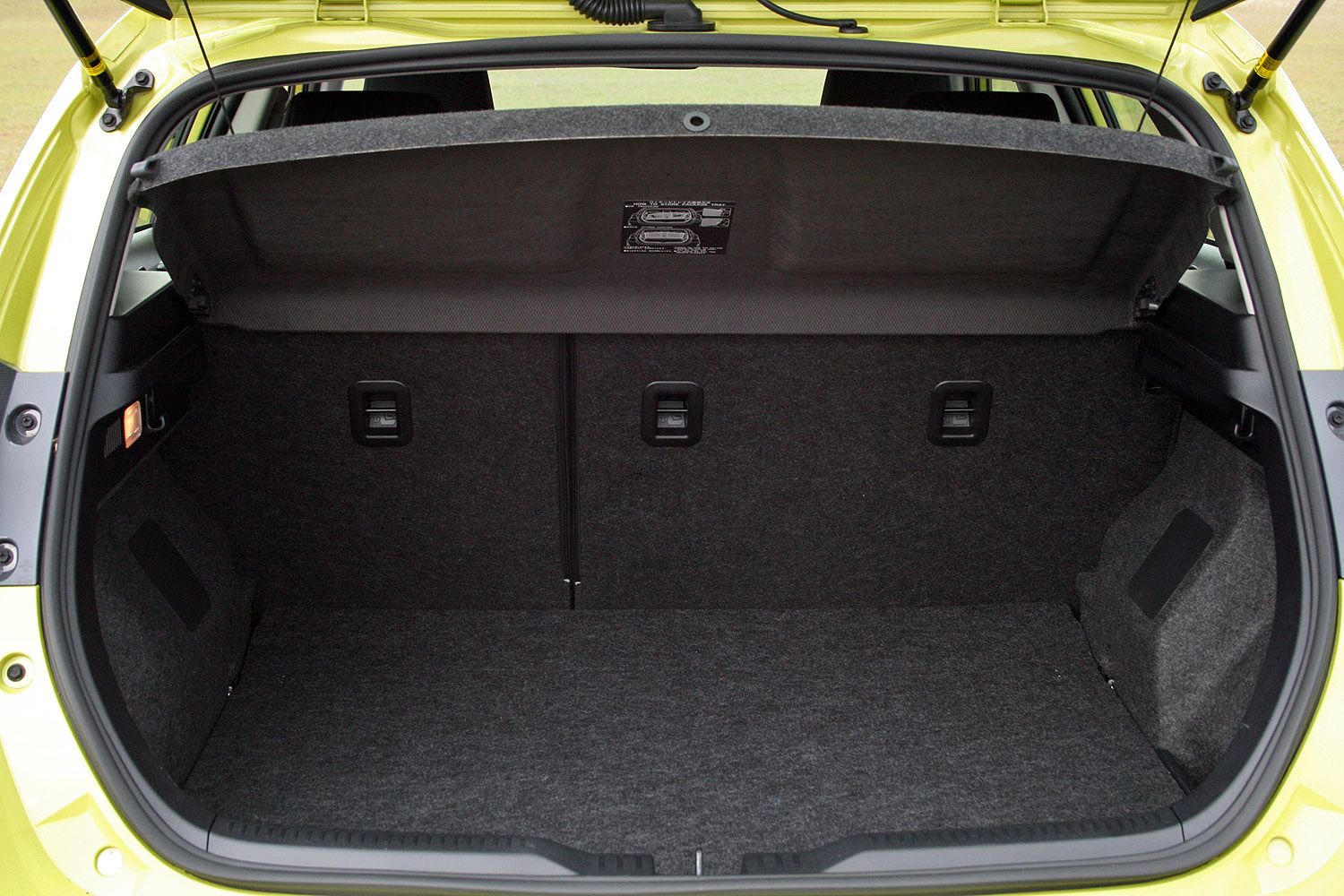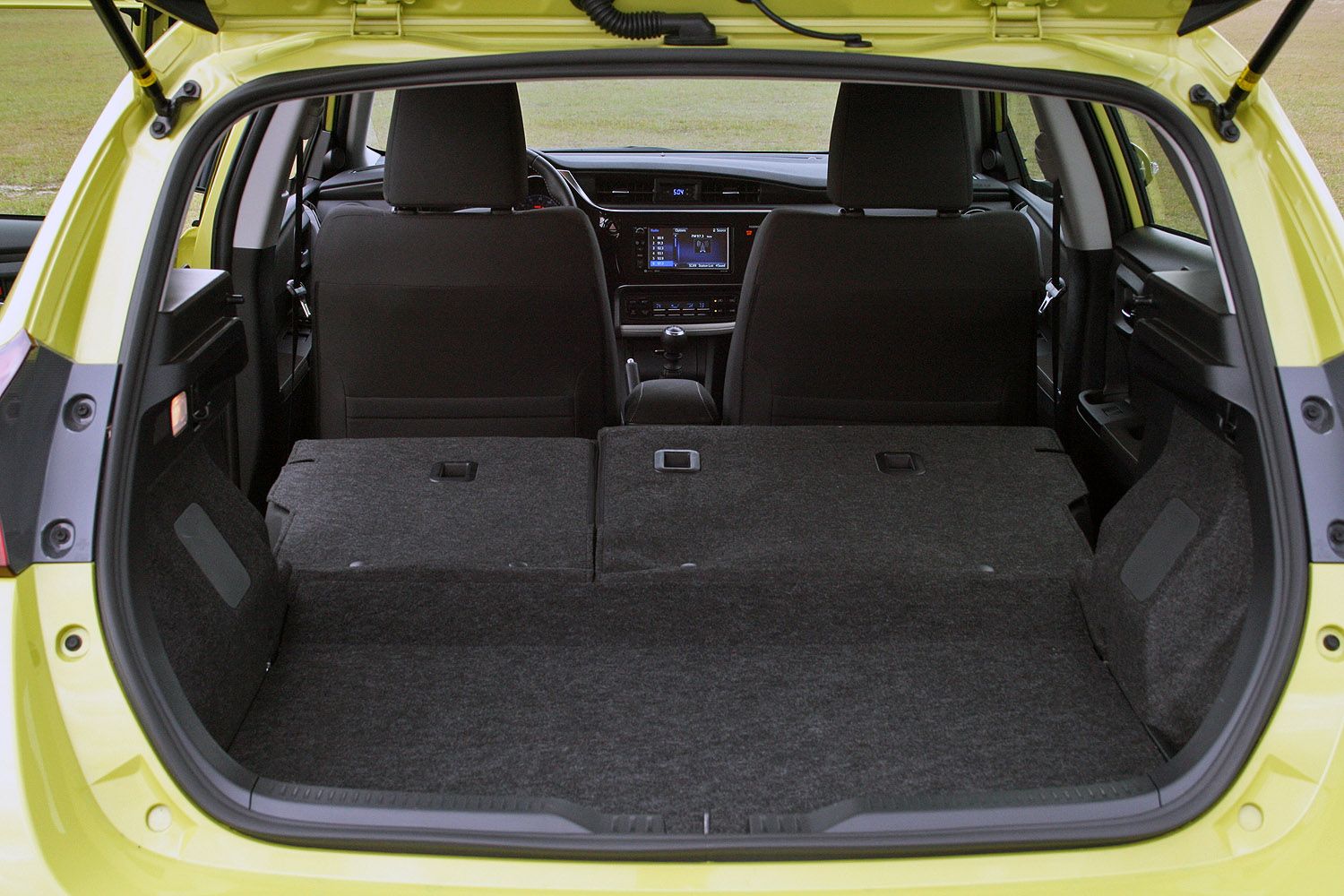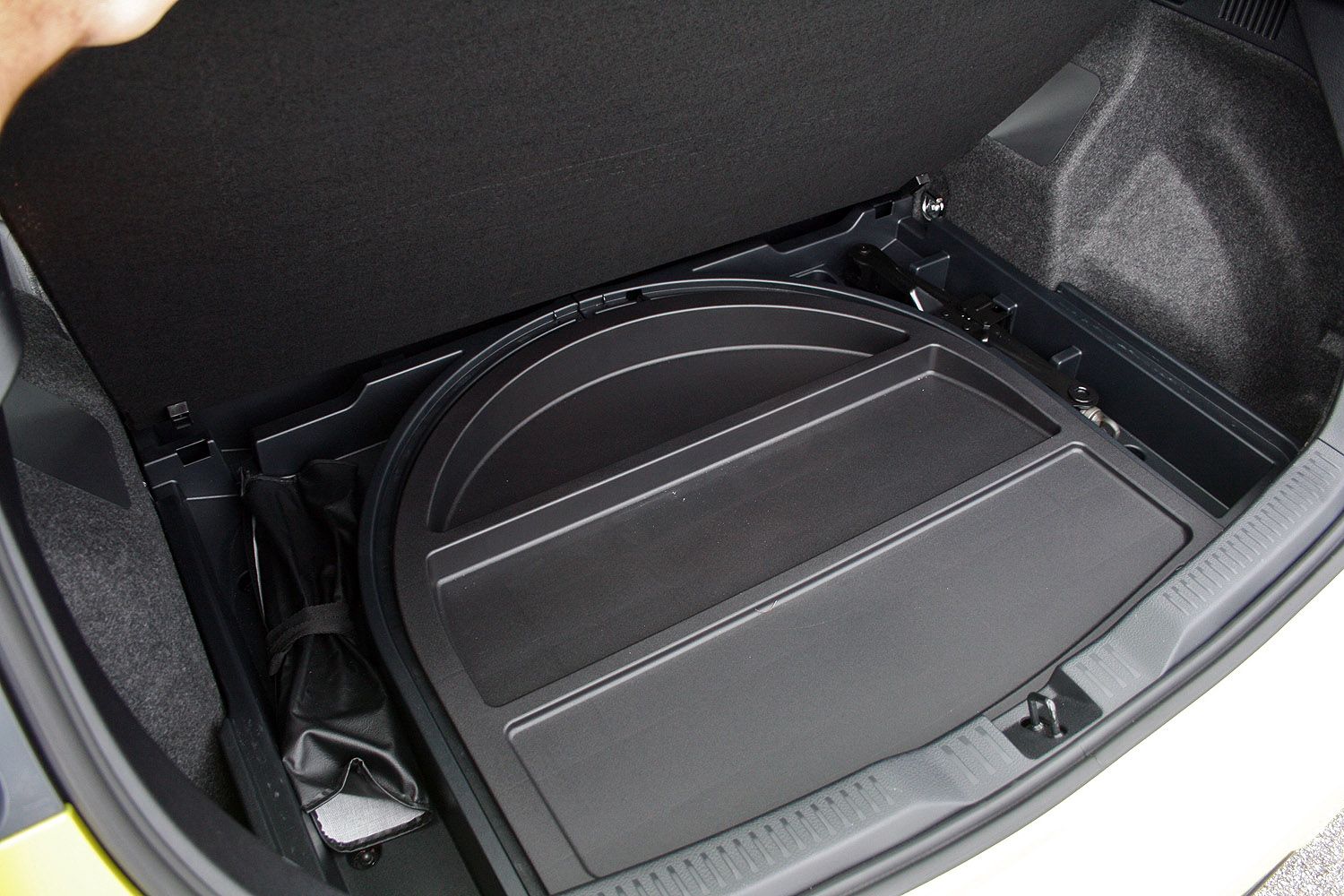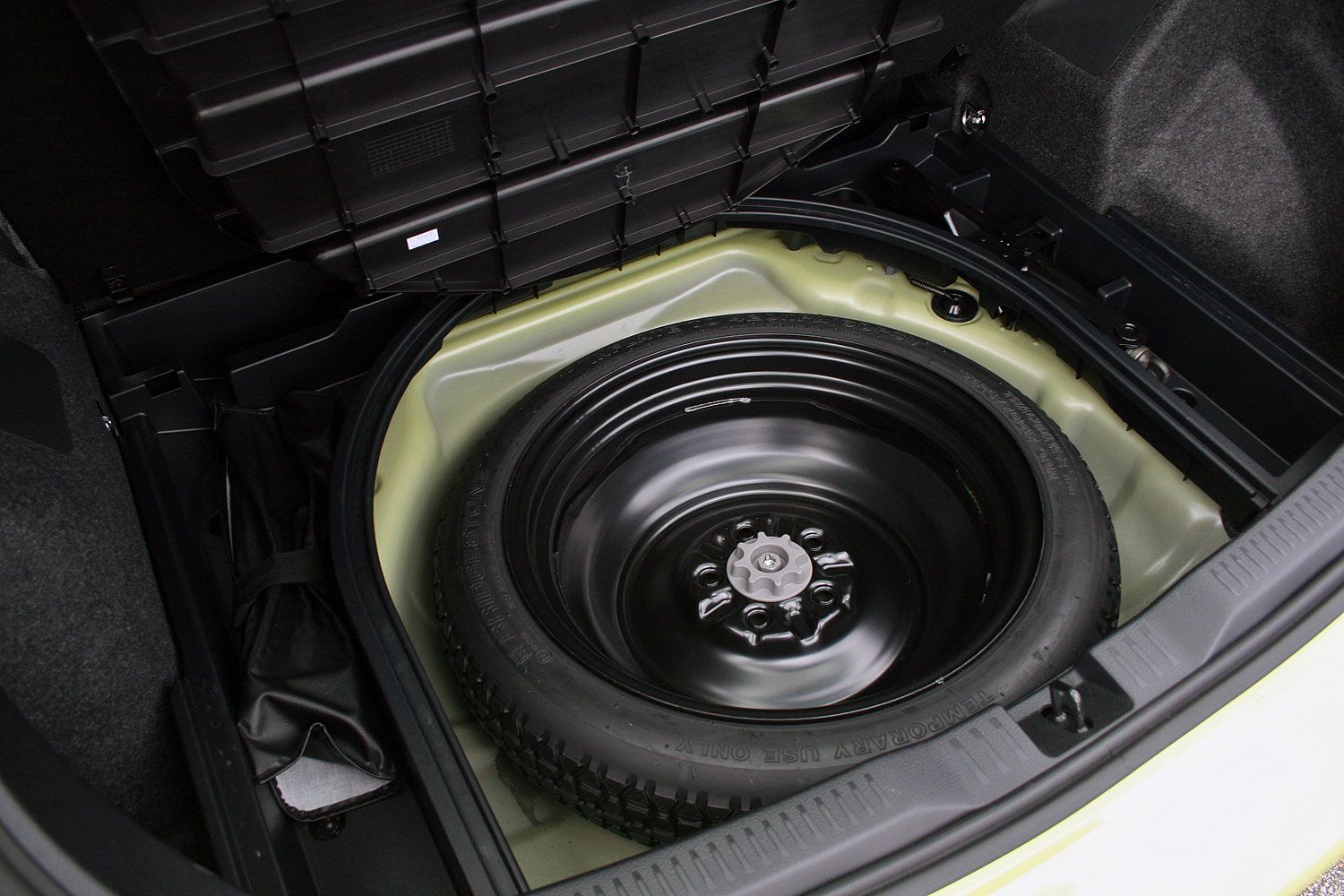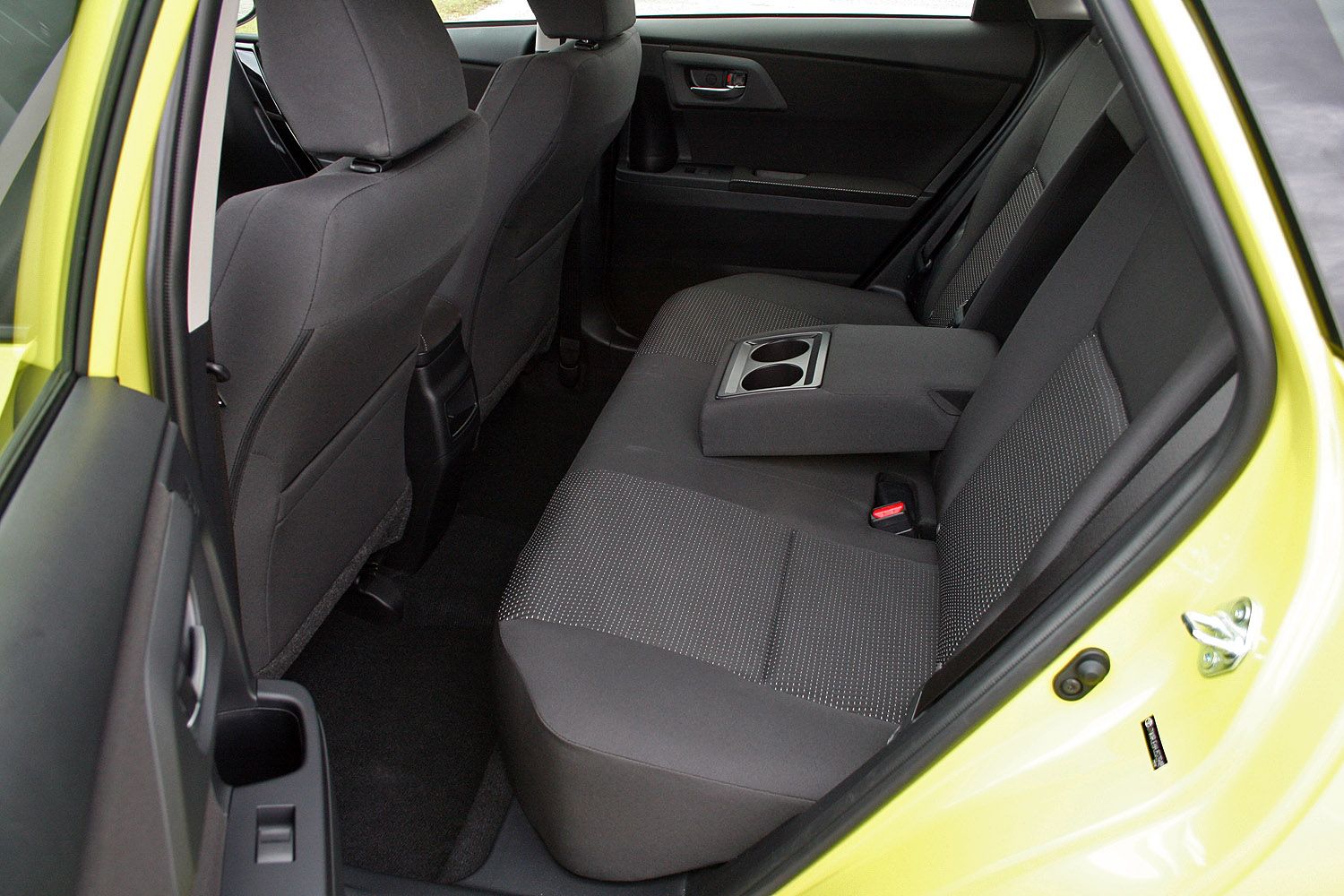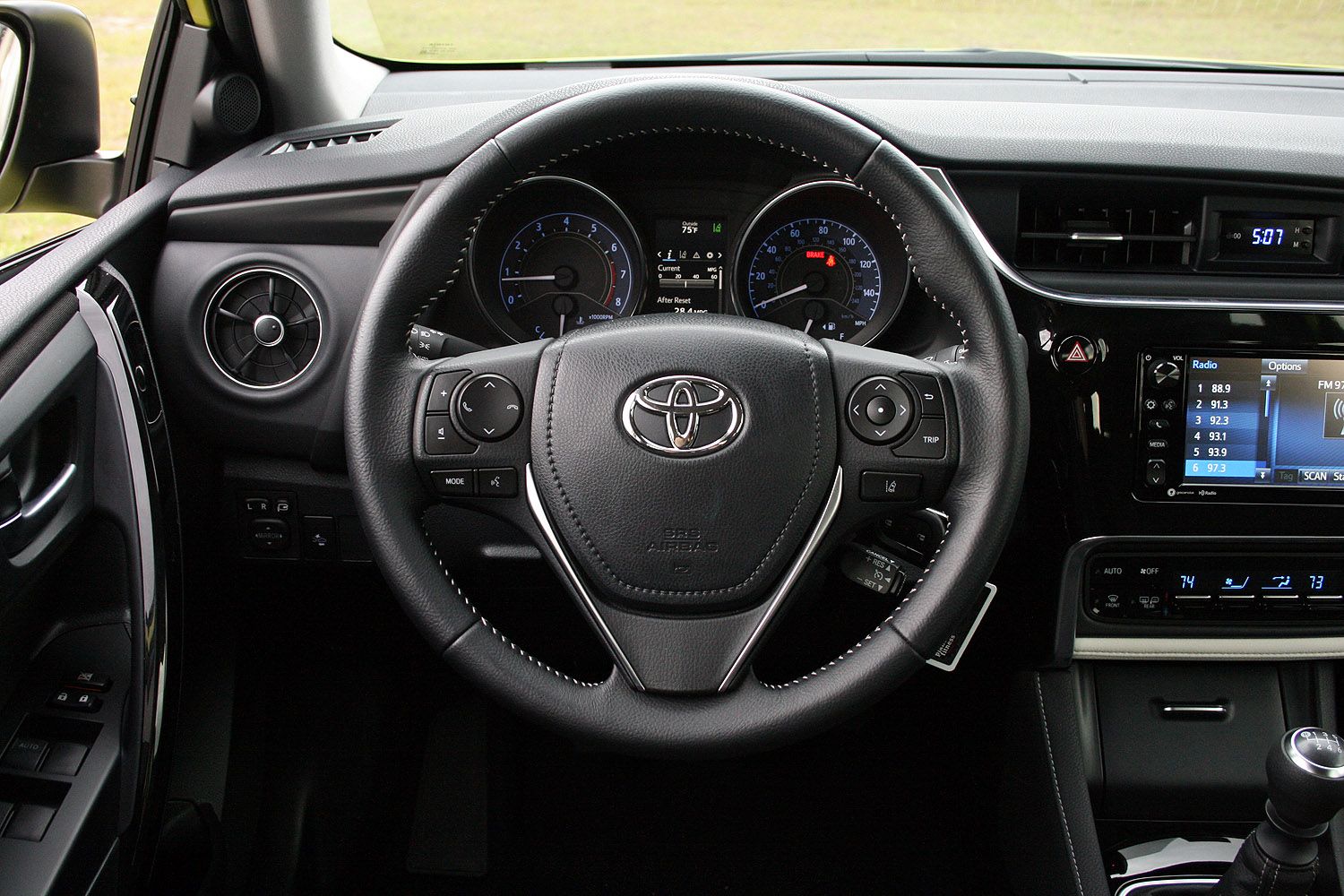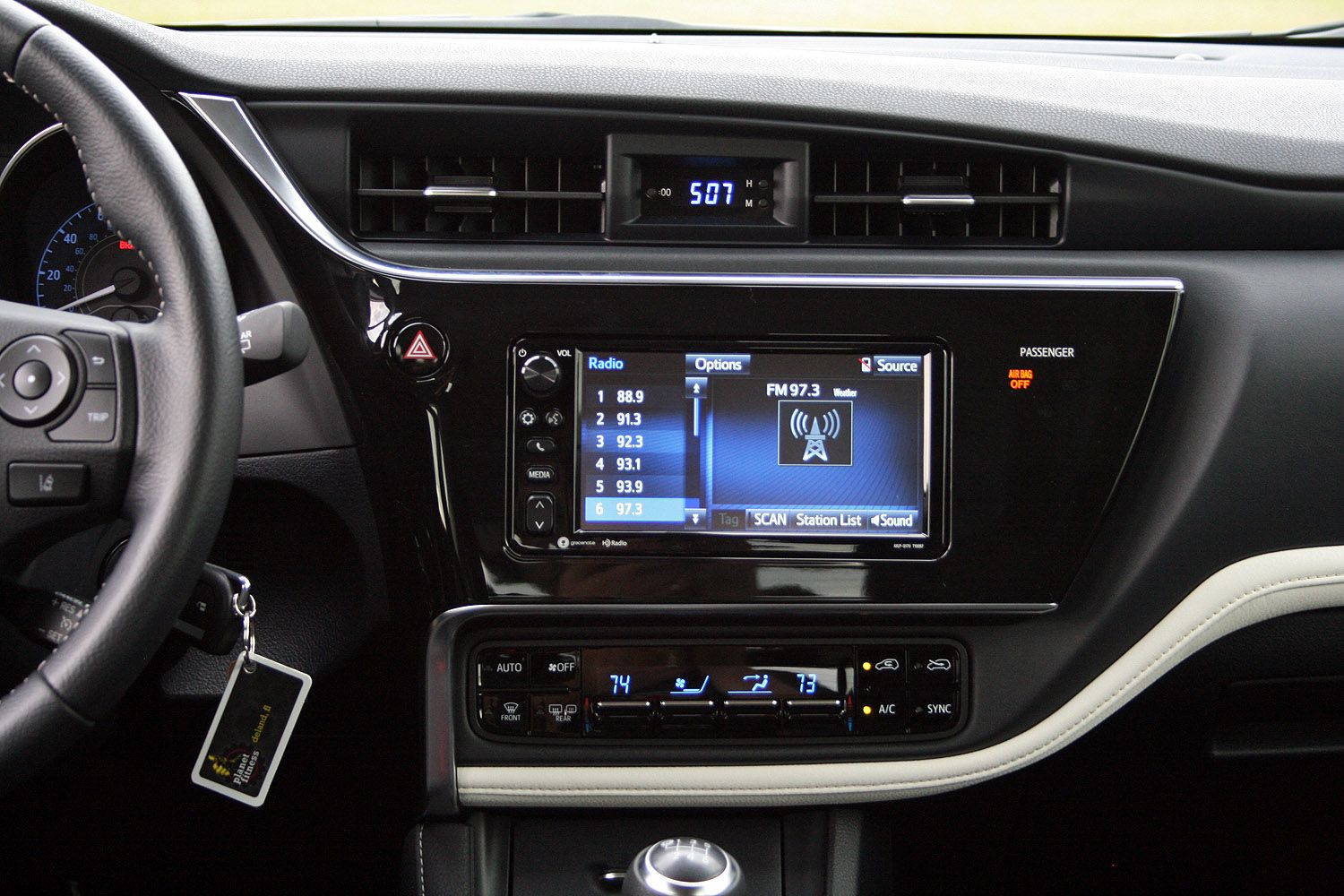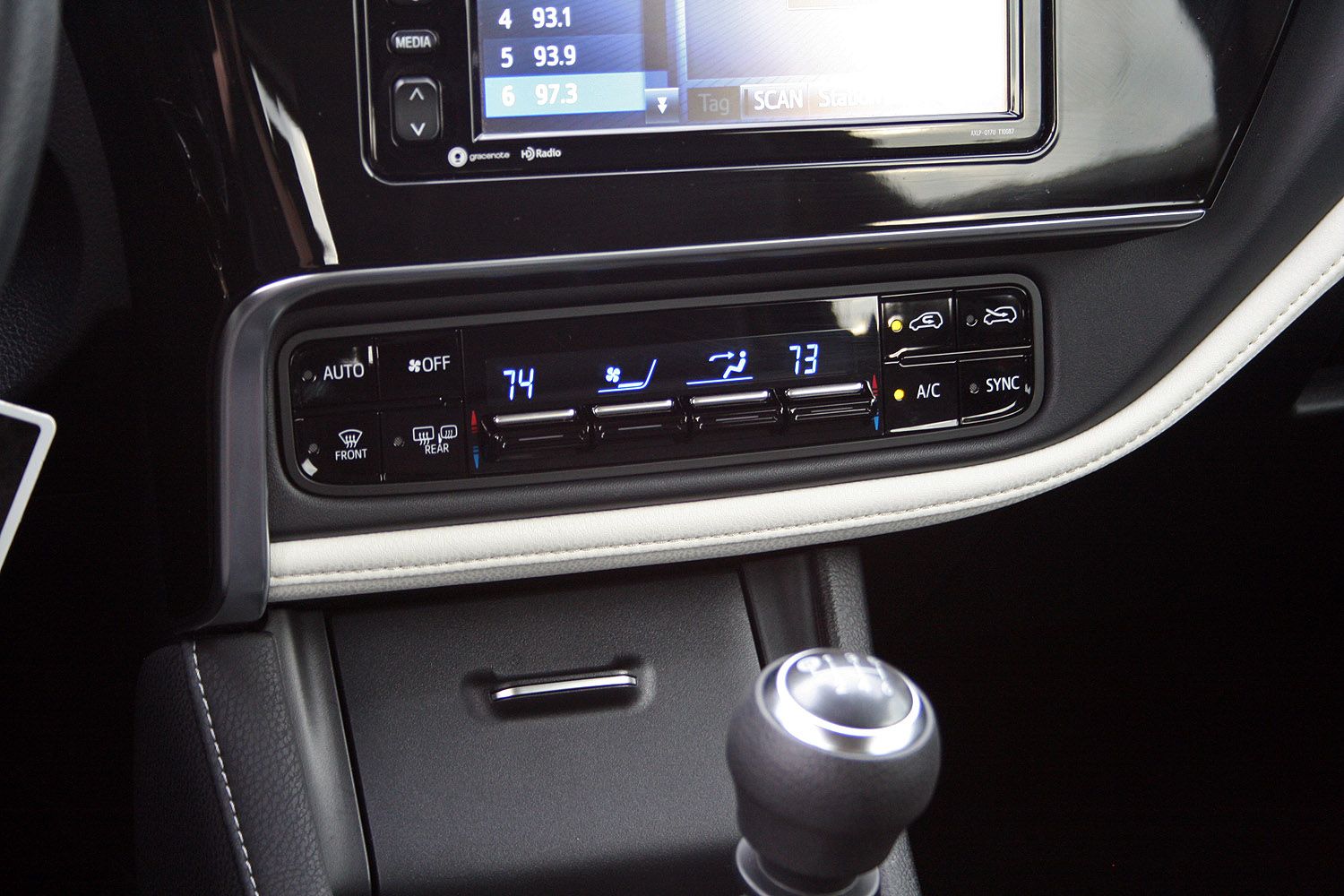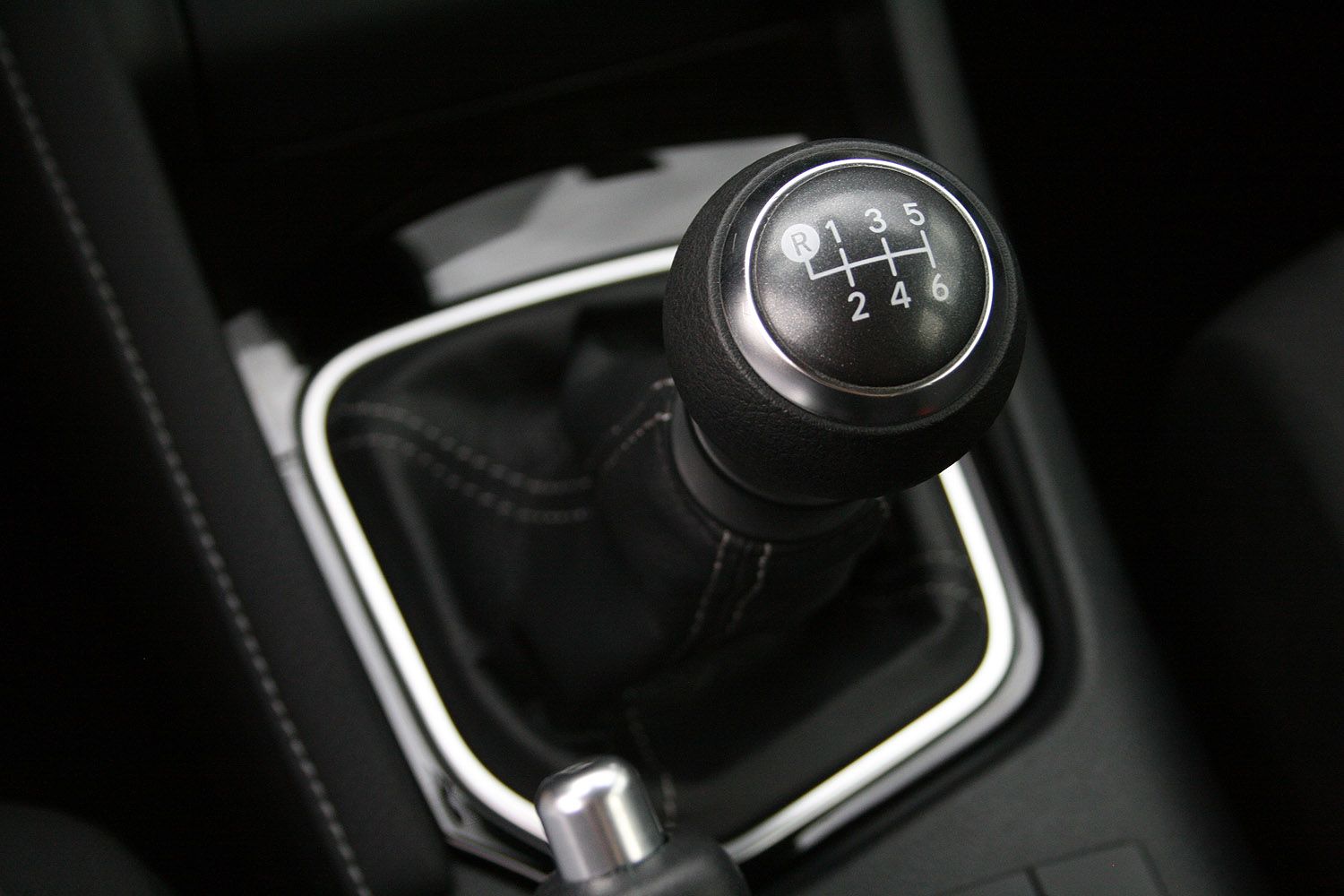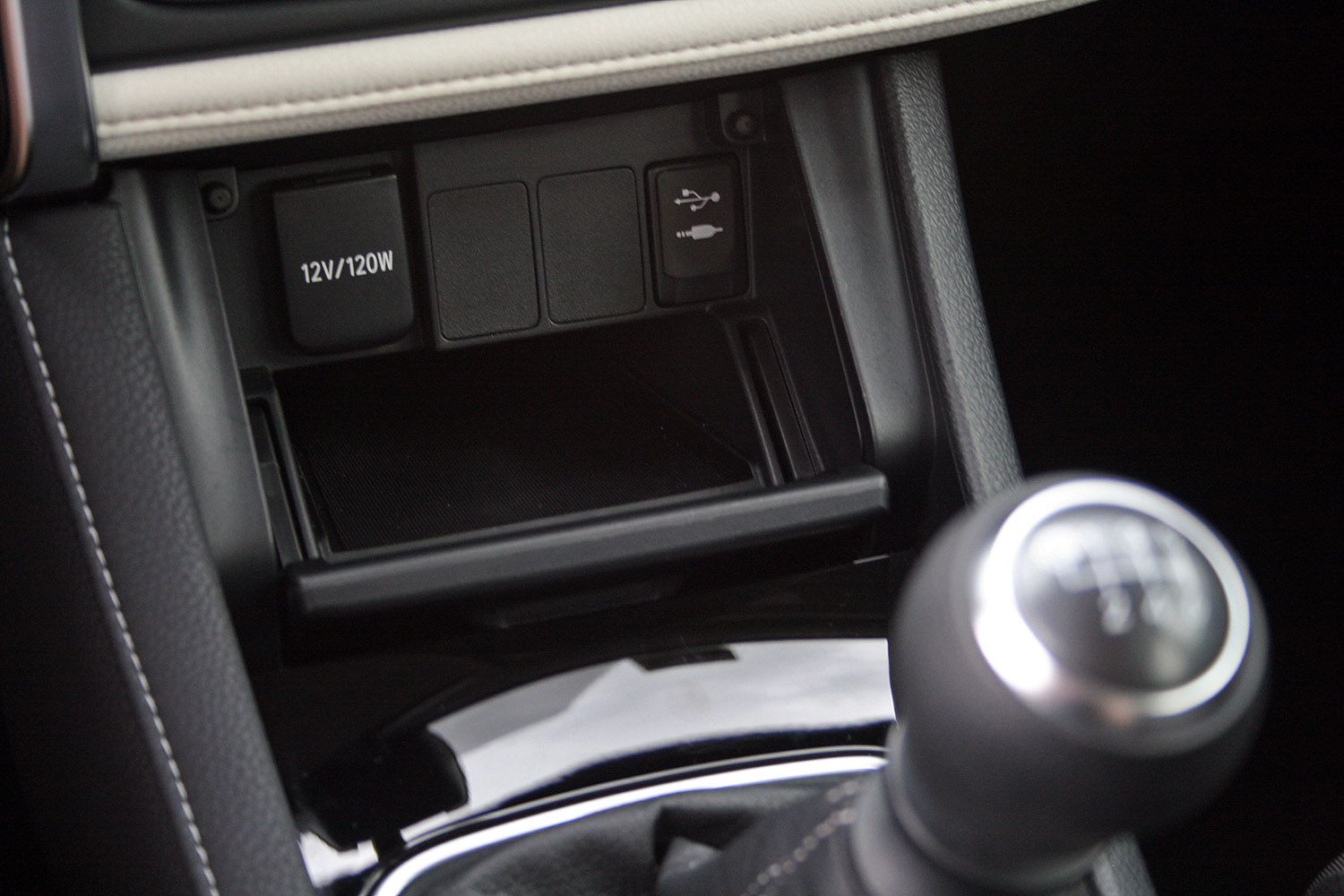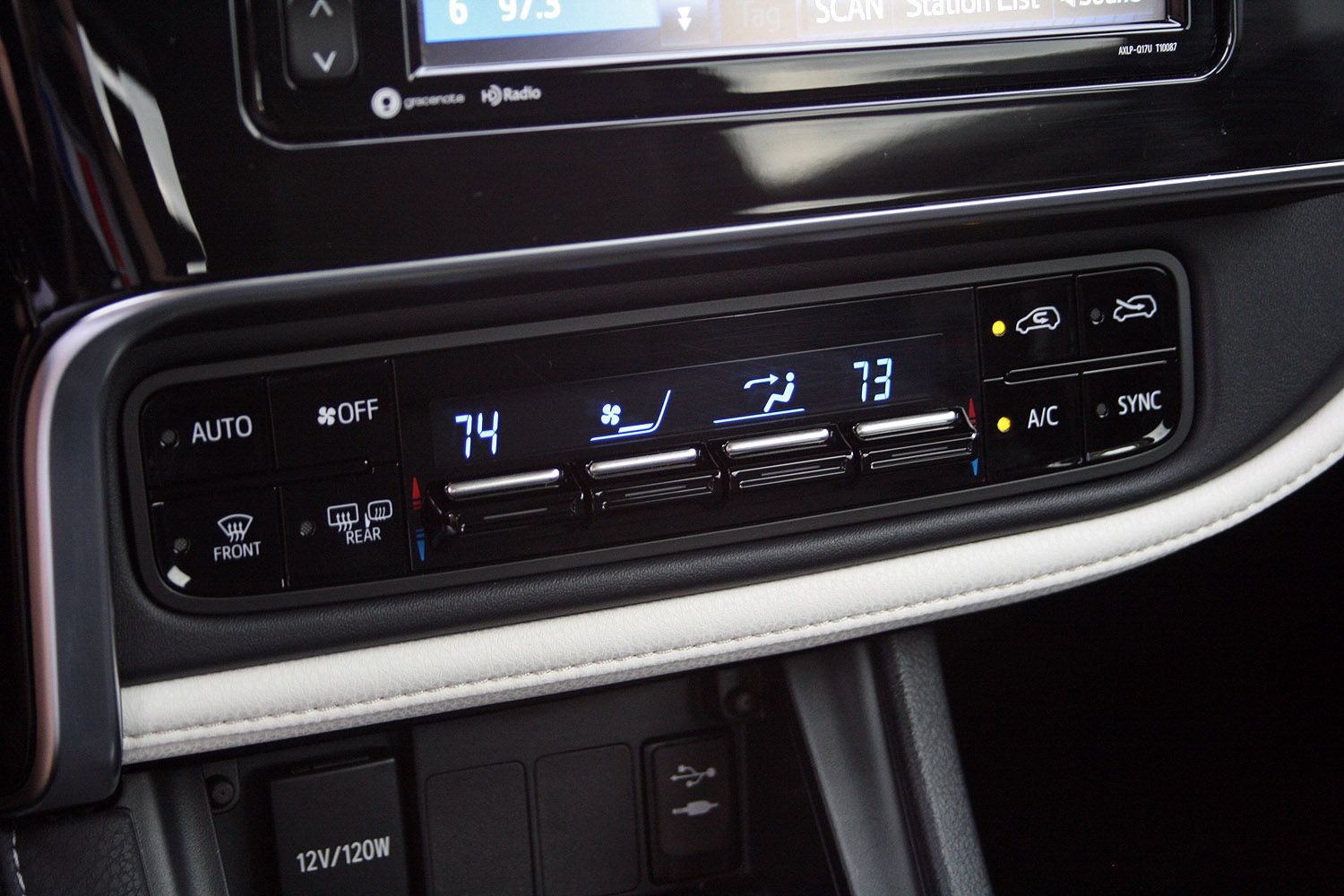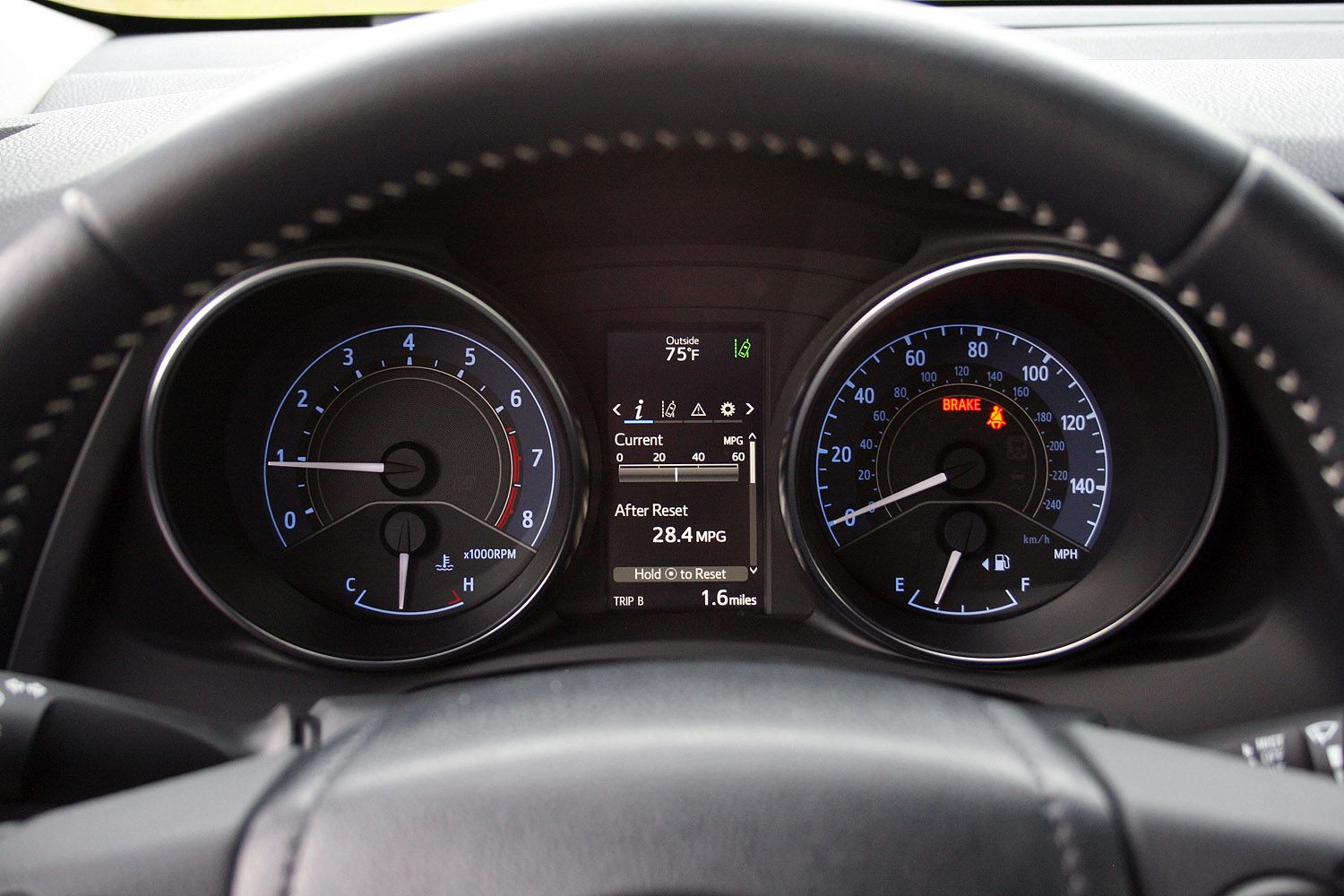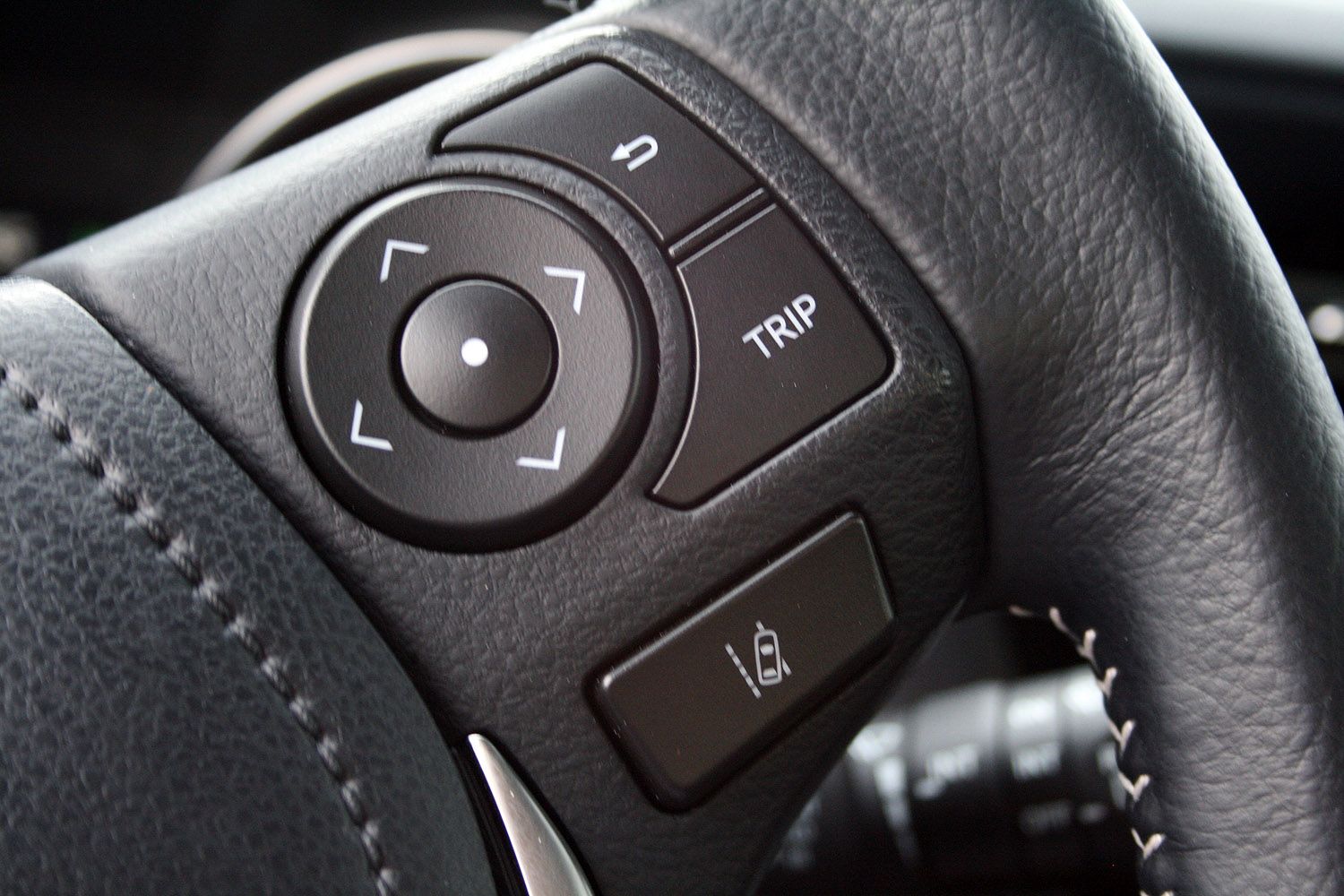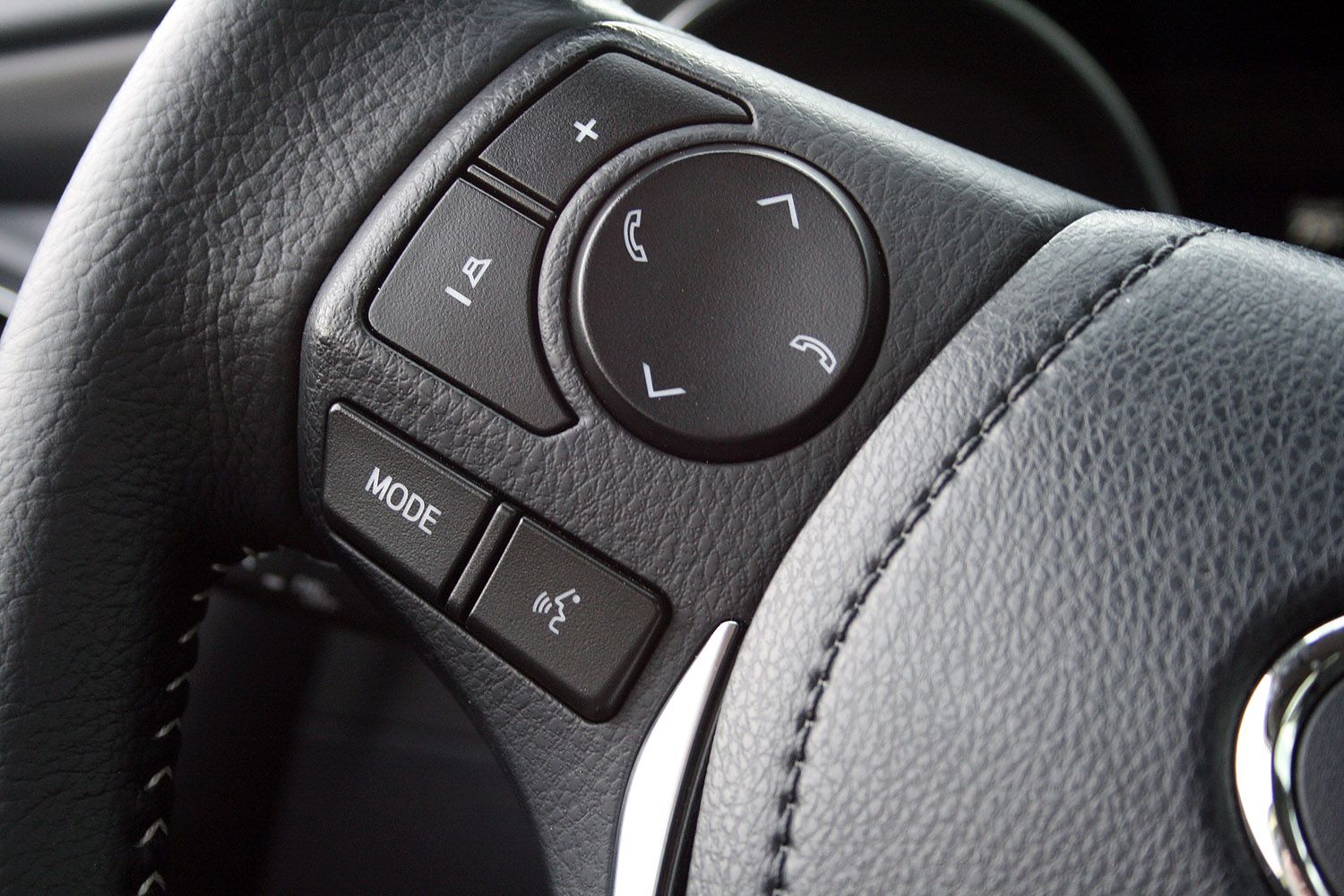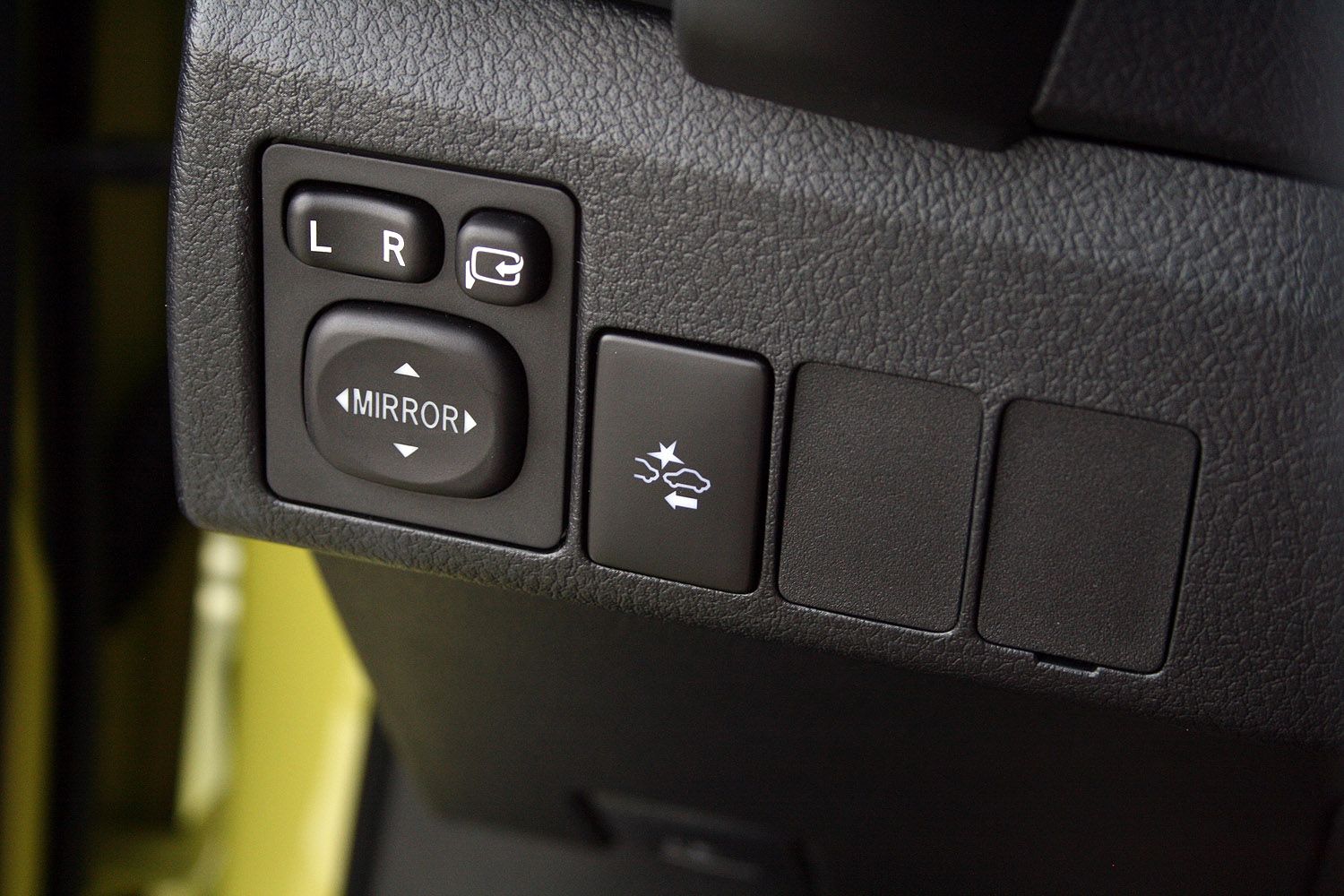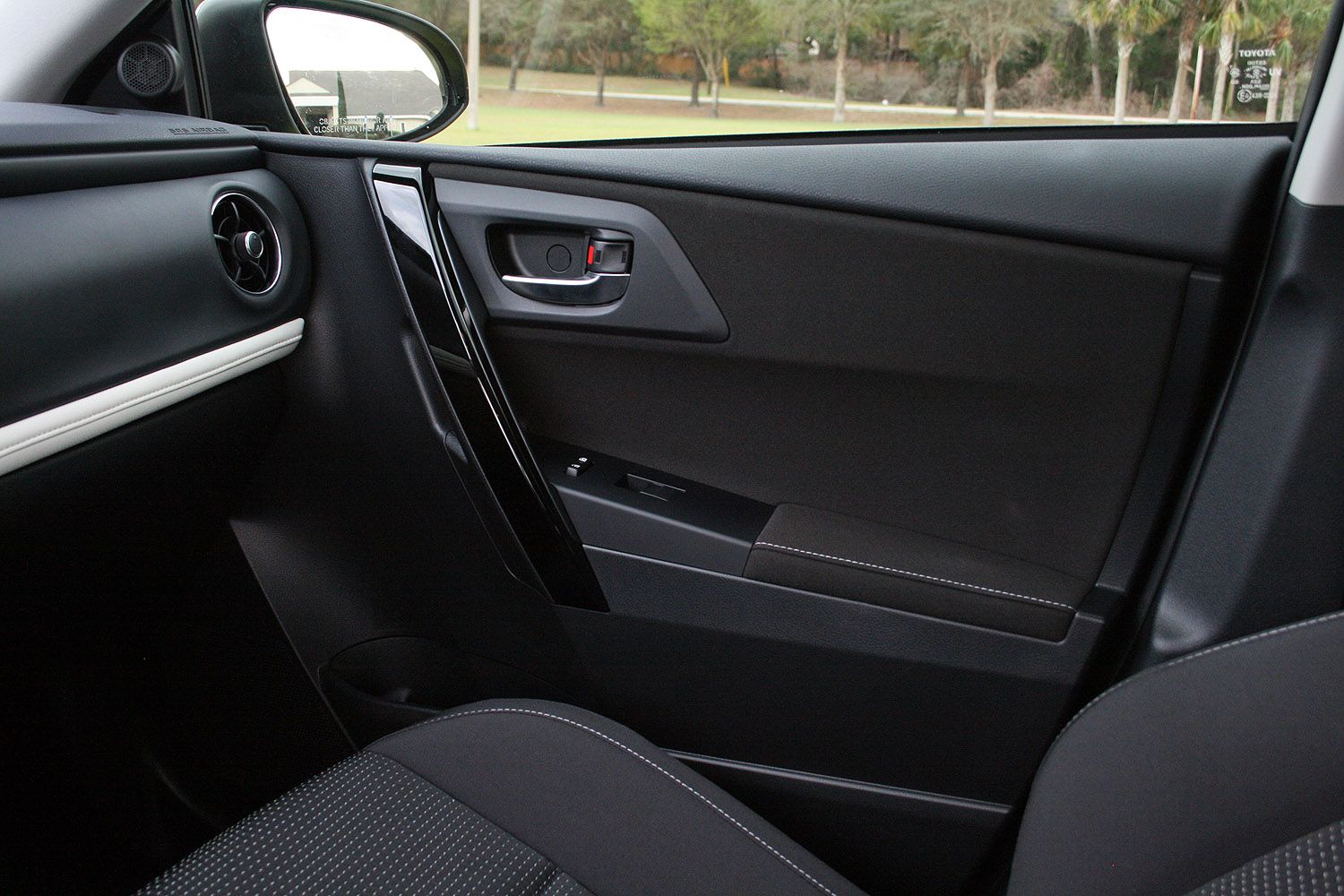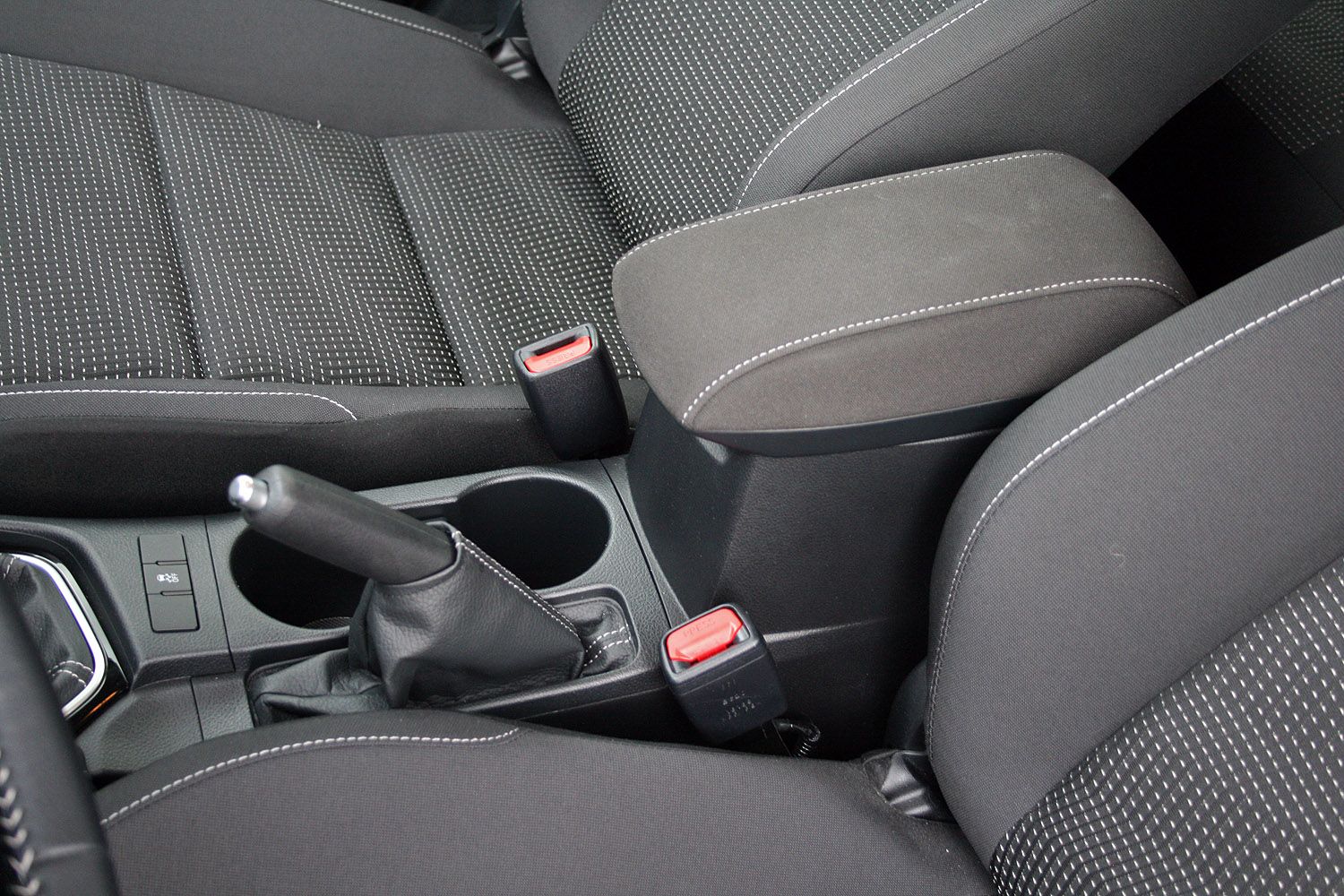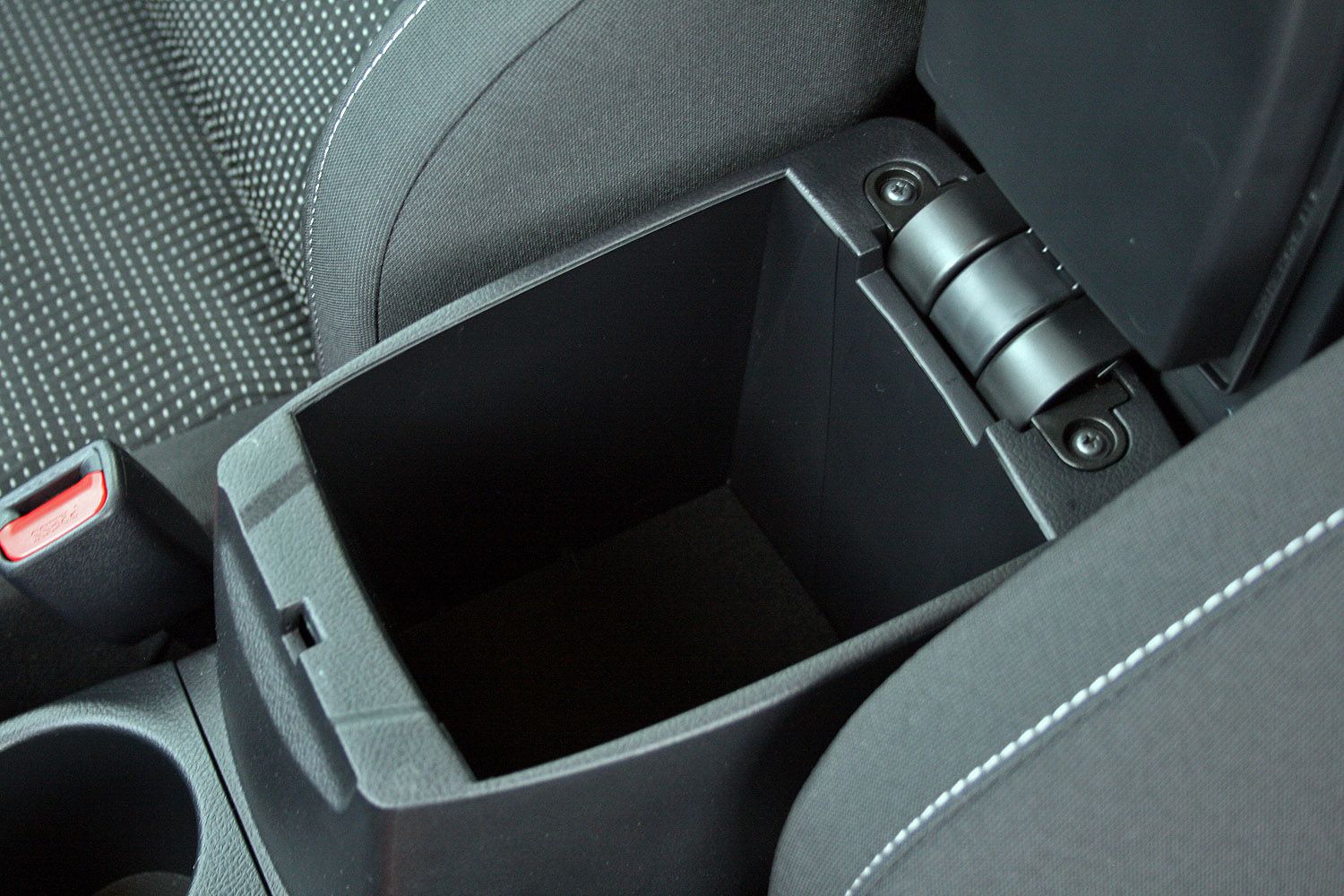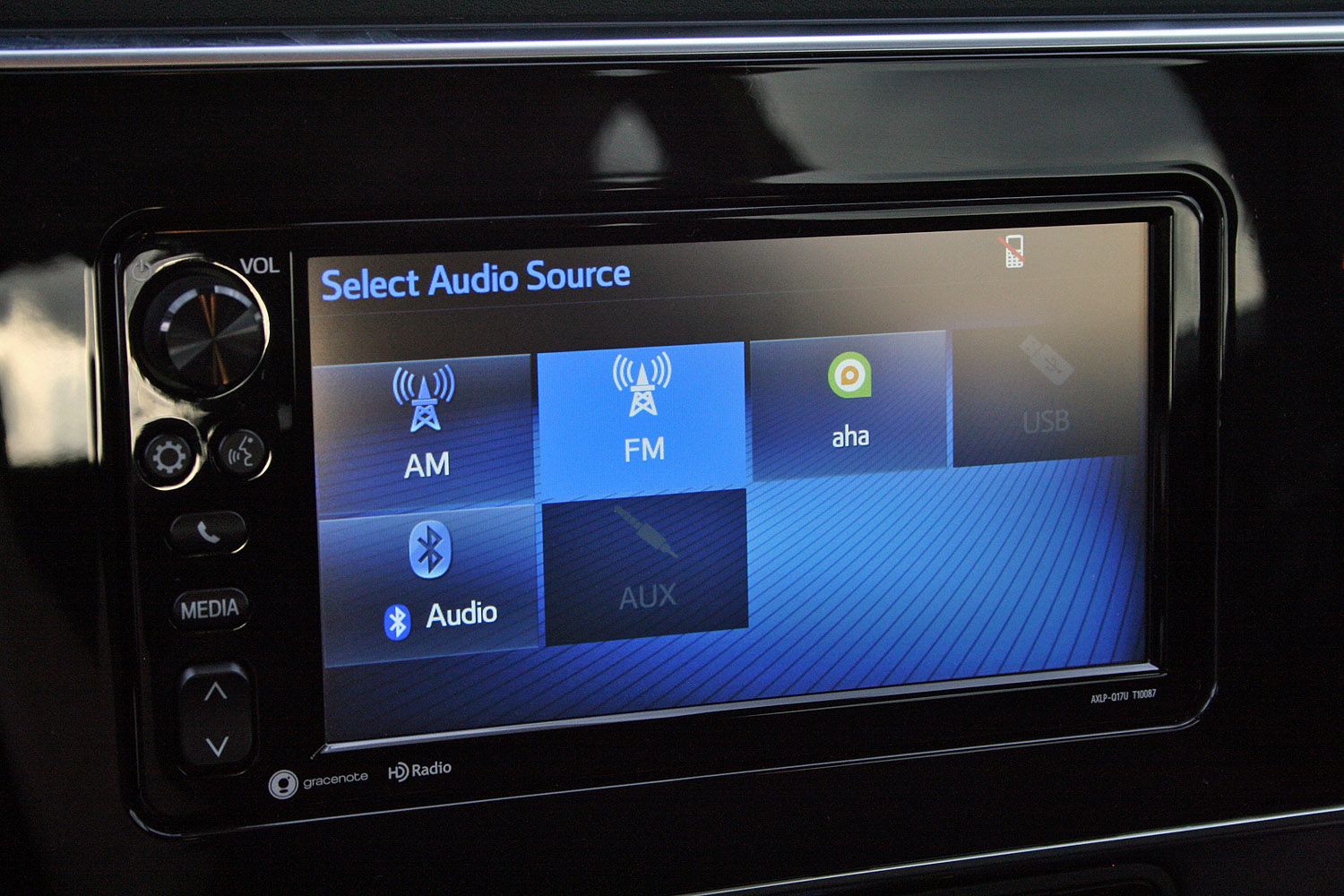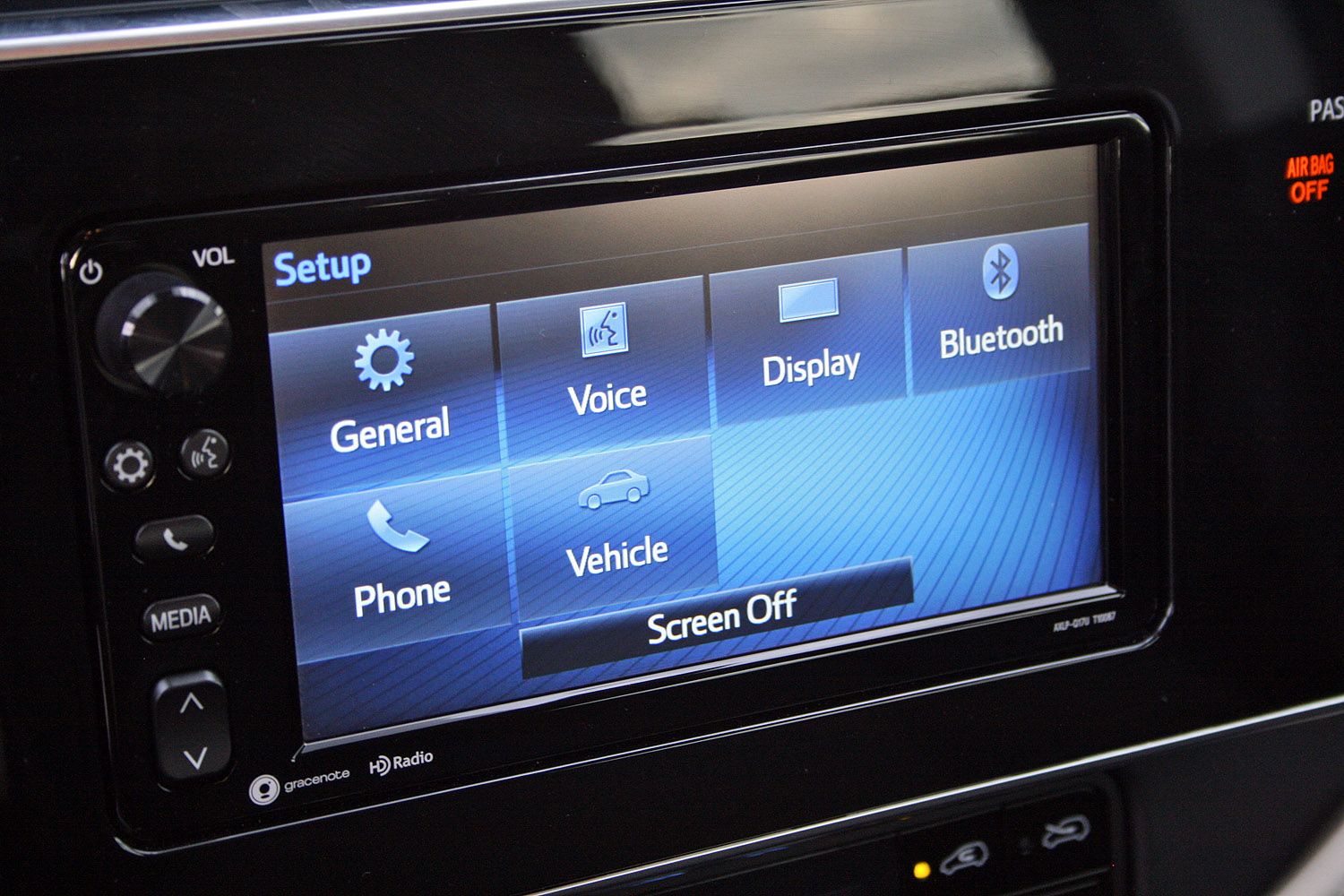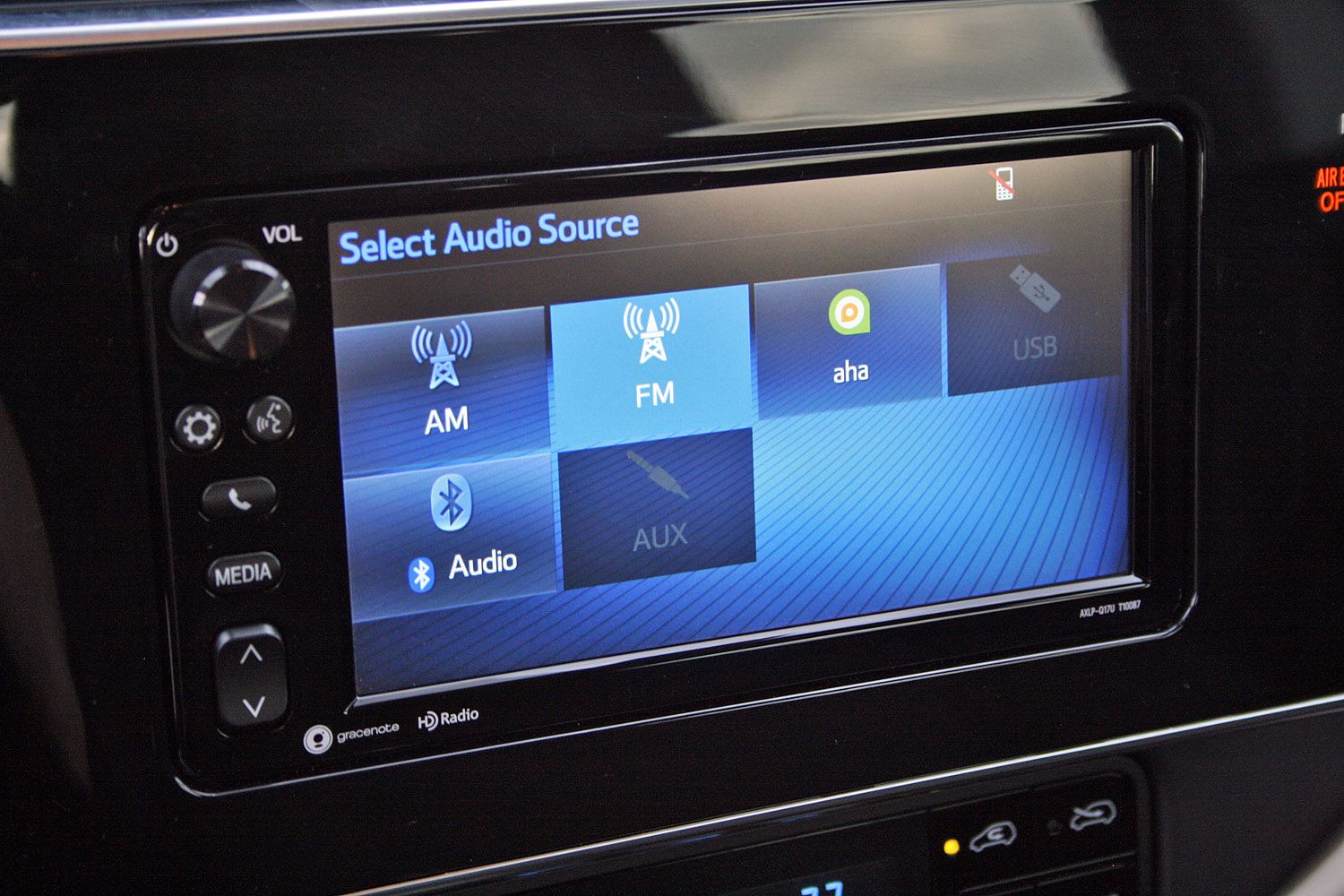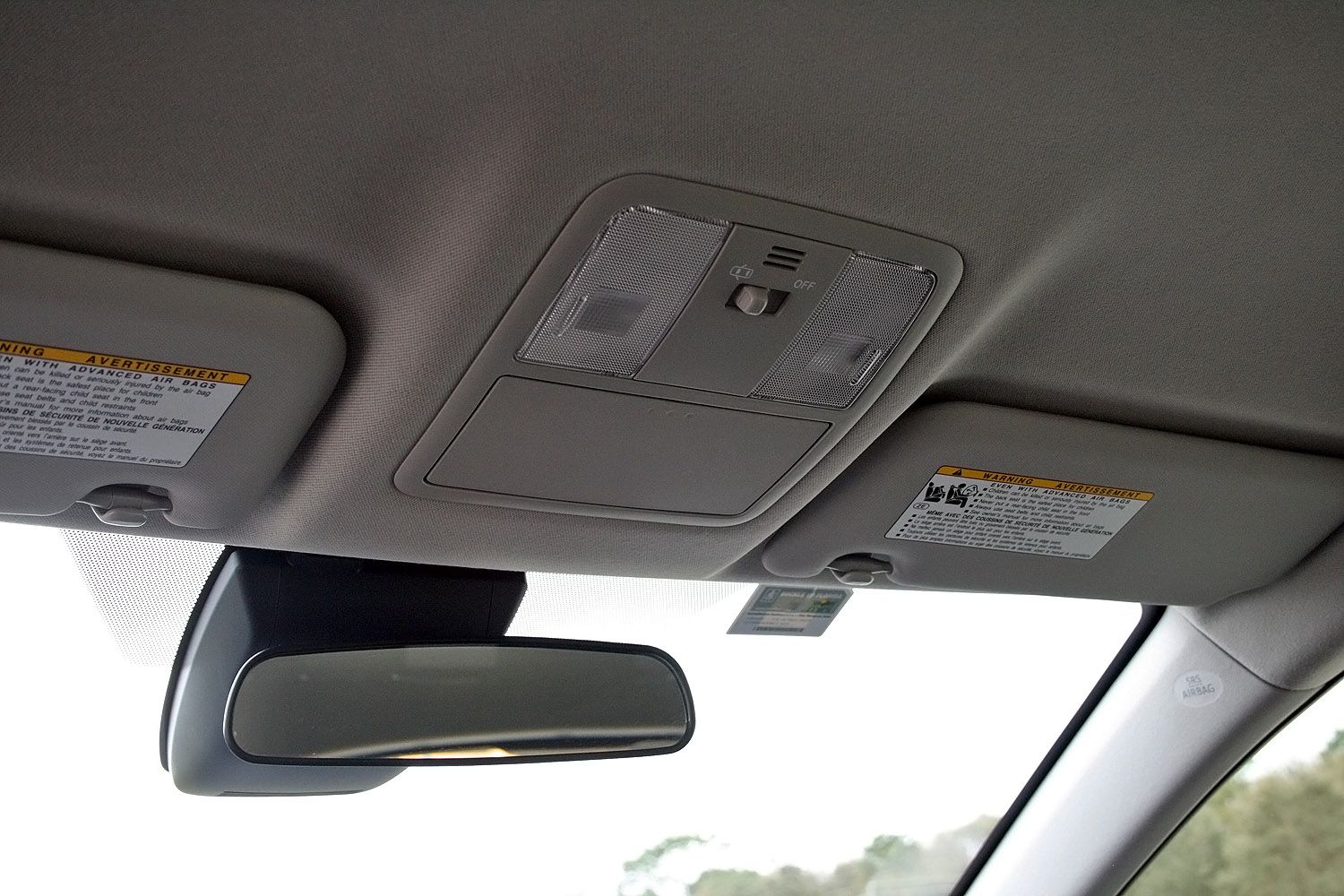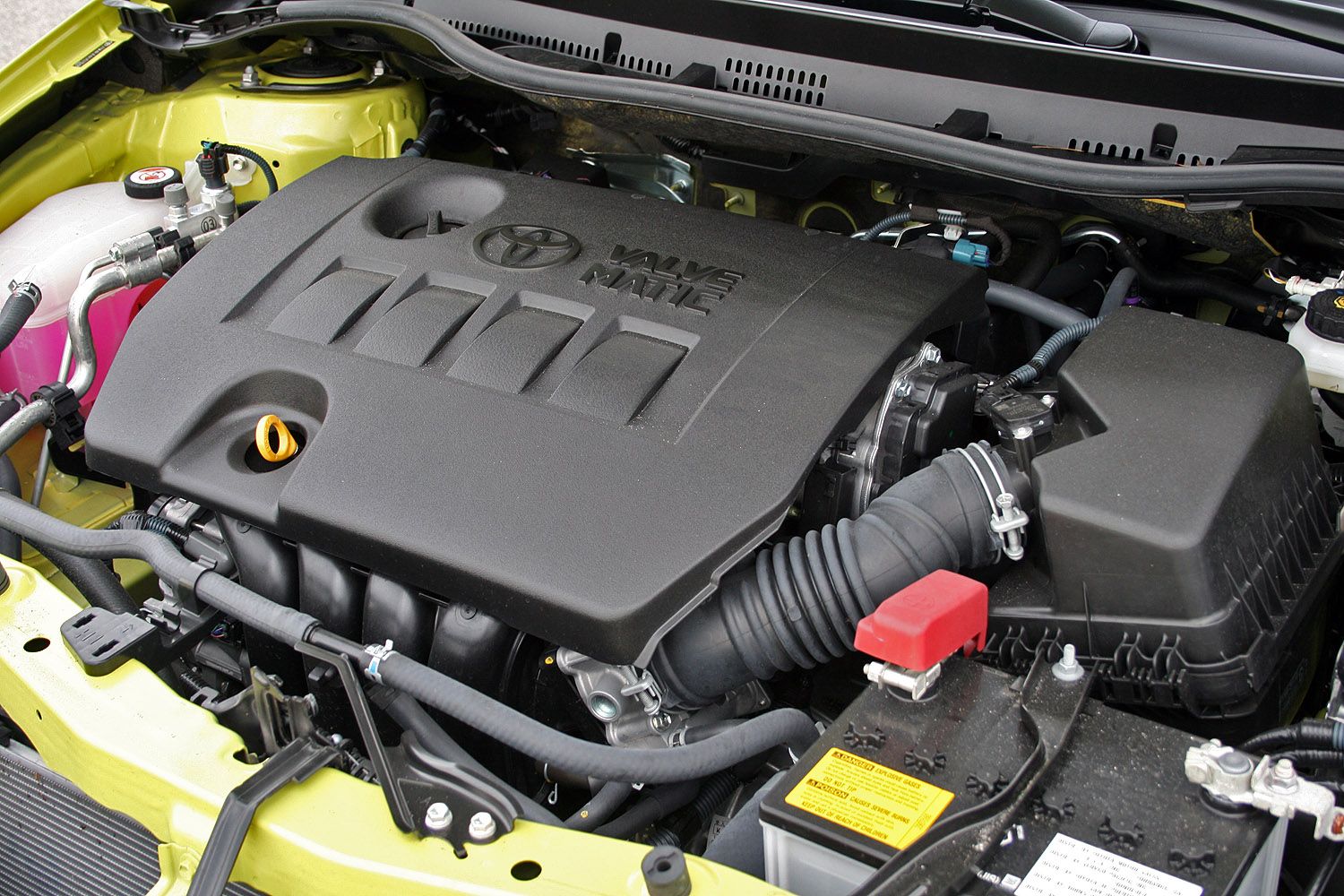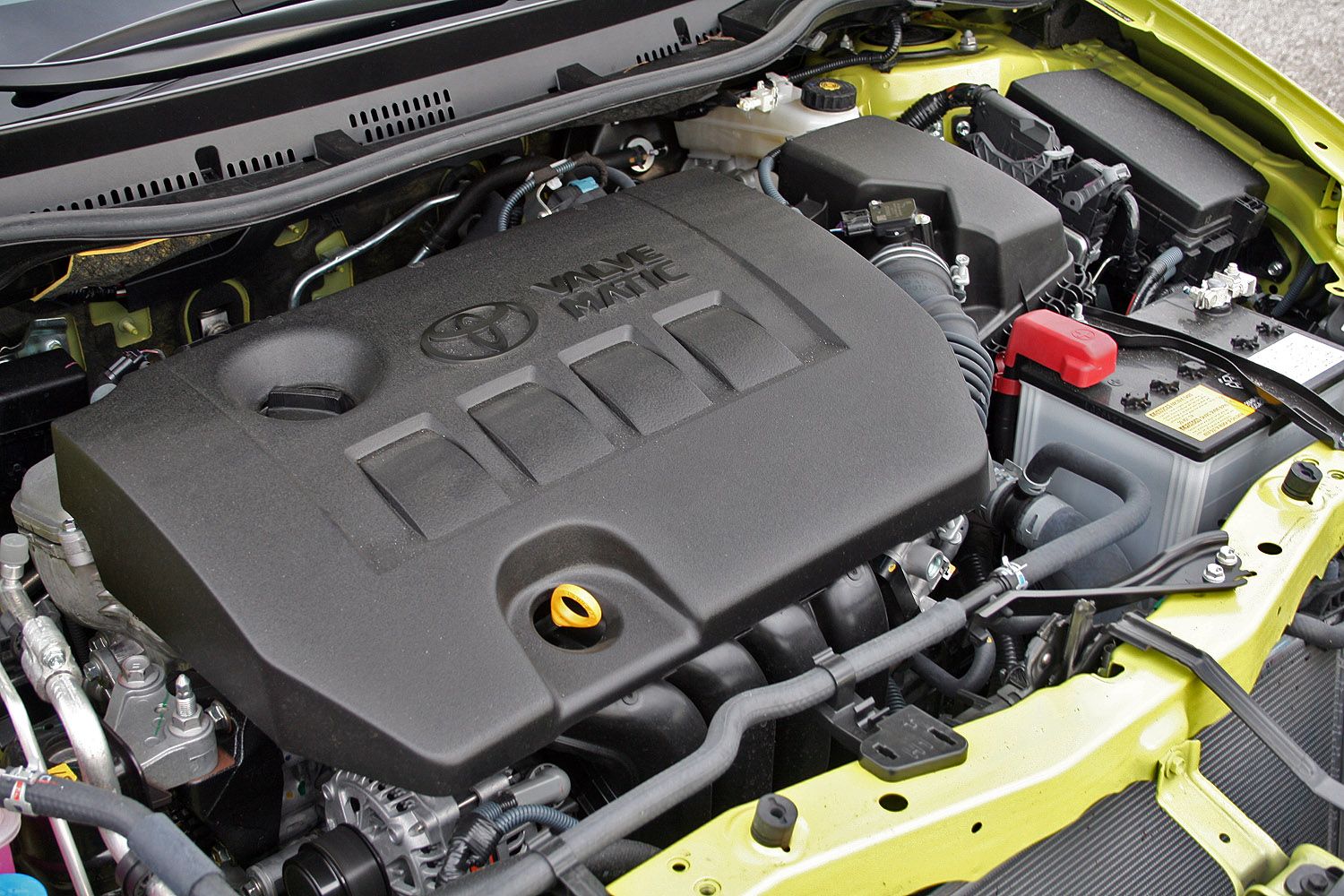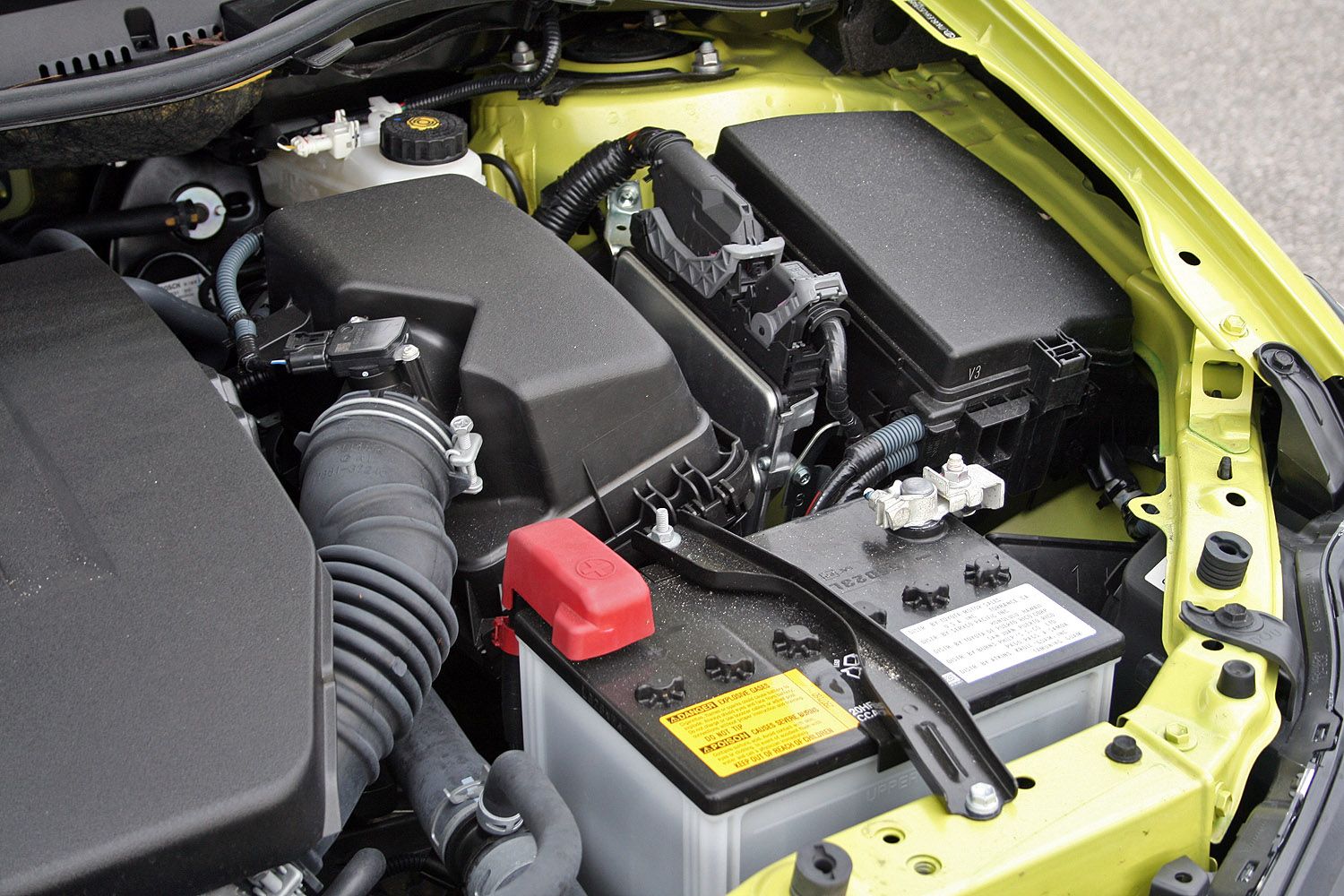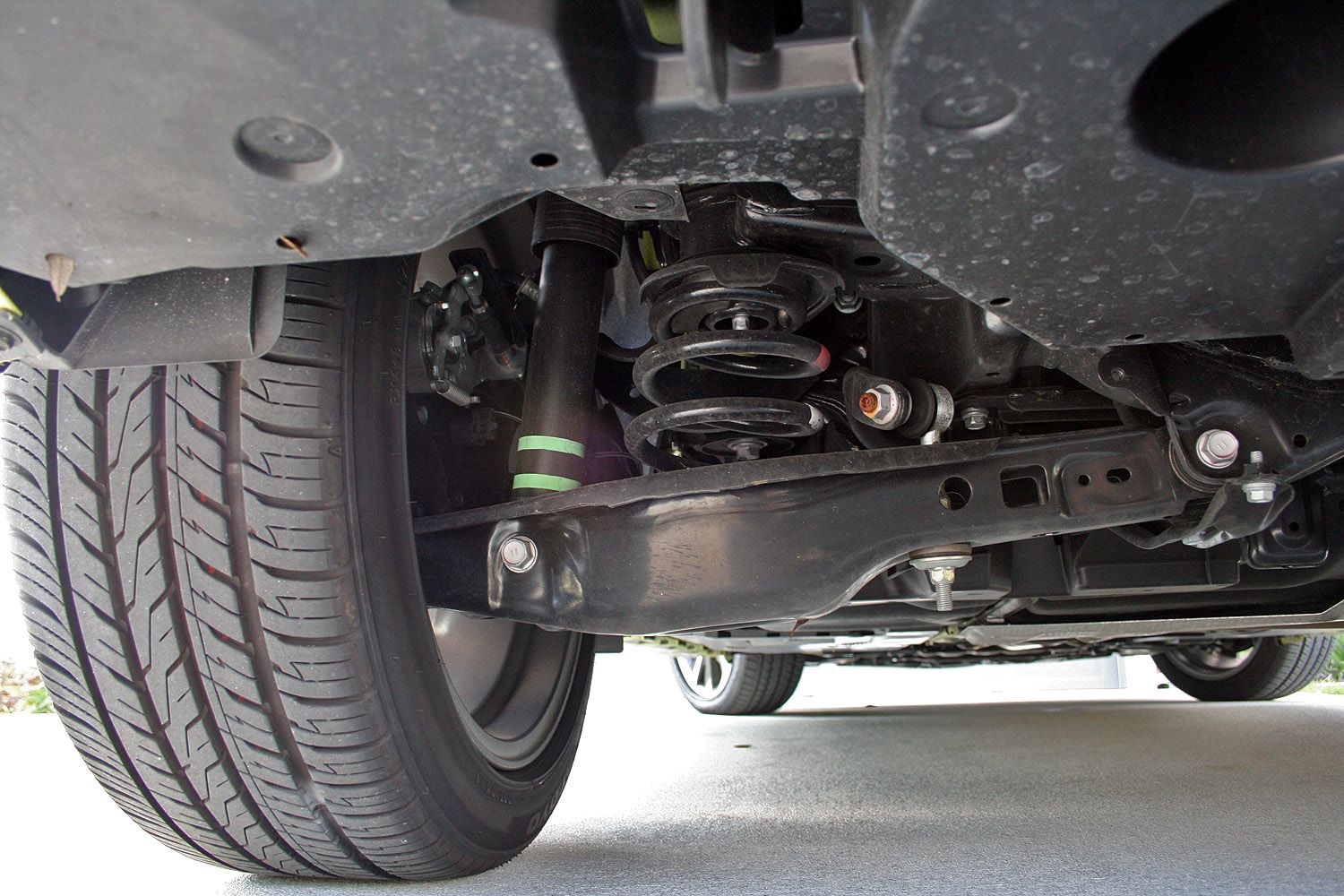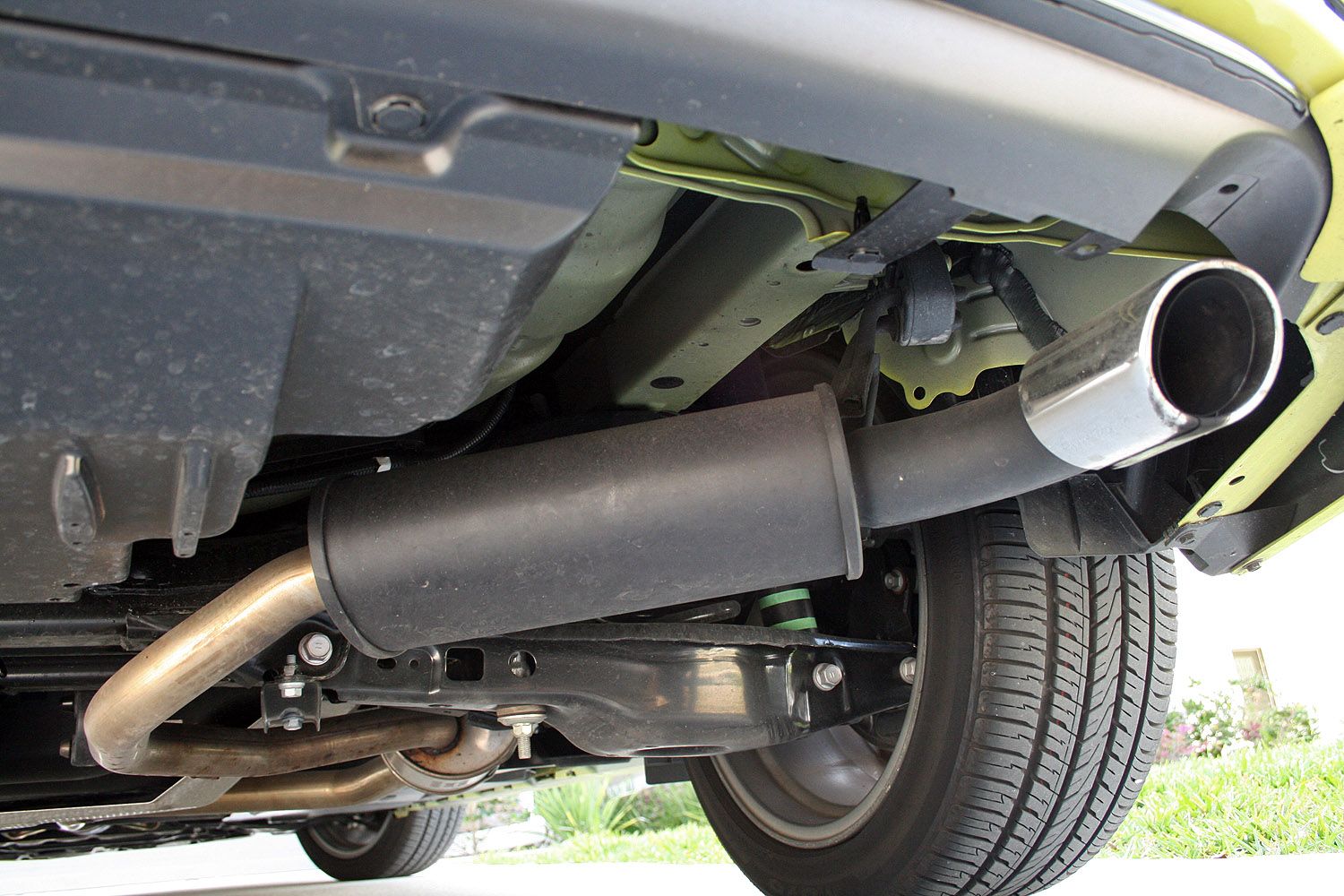Ah Scion, Toyota’s youth-market sub brand. Now in 2017, we can only reminisce about bygone days when new Scion hatchbacks, coupes, and toasters sat in showrooms waiting for eager high-school teens to arrive with daddy’s money or senior citizens to stroll in looking for something more economical than their worn-out Mercury Grand Marquis. Those days are gone though, thanks to Toyota shuttering Scion and consolidating a few of its models into the Toyota fleet. One such example is the Scion iM.
The iM was all-new for the U.S. market in 2015, launched beside the Mazda-derived Scion iA sedan. The iM was basically a Toyota Corolla Hatchback, though you’d never hear a Scion salesman pointing that to potential buyers. The car featured the same, 1.8-liter four-cylinder as the Corolla, as well as the six-speed manual or optional Continuously Variable Transmission. But, sadly, the iM and iA couldn’t save the Scion brand. Toyota ended the brand’s 13-year run in August of 2016. Fast-forward to today, and Toyota has rebadged the iA, iM, and FR-S as the Yaris iA, Corolla iM, and the 86, respectively.
I recently got to sample the Corolla iM for a week – living with it during the daily grind. My tester came equipped with the six-speed manual transmission and zero options. It’s rare to have press fleet cars come so equipped. But rather than being a buzzkill from the usual whiz-bang gadgetry and overly complicated nature of many modern cars, the iM’s basic nature proved a welcomed reprieve and rather enjoyable. Heck, my tester didn’t even have floor mats. (I’ve heard Toyota is stingy with their floor mats.)
Of course, the most noticeable feature of this iM is its color – that big, bright, green color. Oh boy. Toyota calls it “Spring Green Metallic.” I call it ugly. Yet the color helped add a particular flare to car it wouldn’t have otherwise had. It also attracted everyone’s attention. I lovingly named my tester Snot Rocket.
Continue reading for the full driven review.
2017 Toyota Corolla iM – Driven
- Make: Array
- Model: 2017 Toyota Corolla iM – Driven
- Engine/Motor: inline-4
- Horsepower: 137 @ 6100
- Torque: 126 @ 4000
- Transmission: Six-speed Manual
- [do not use] Vehicle Model: Array
Video Review
Exterior
Toyota didn’t change much when it peeled off the Scion badges. All the sheet metal, body moldings, and even the wheel design makes the transition. Mostly that’s thanks to the Scion iM sharing most of its design with the Toyota Corolla. But parts sharing aside, the iM looks youthfully handsome – like some sort of teenage athlete. Its lines are sculpted, especially that character line running between the headlights and taillights. It separates the upper and lower portion of the car, while allowing the side windows to angle inward. The result is a less boxy design. Add to that the curved roof line, sloping hood, and circular wheel wells.
Despite not being a “sporty” model, the iM features ground effects. These extra body panels adorn the front bumper, side sills, and rear bumper. Without them, the iM might look a bit tallish and dopey. Black accents around the exterior also give the iM a modern, trendy appeal. The murdered-out theme is strong in today’s car-culture, and Toyota takes advantage of this without going overboard.
The iM rides on 17-inch alloy wheels wrapped in 225/45-series all-season rubber. Projection bean headlights give it an upscale look, while LED taillights really add spice at night. During the day, LED daytime running lights shine from the front.
Then there’s that color. I’m not sure where Toyota found the gaggle of failed art students to participate in its focus group on paint color, but it might have been St. Mildred’s School for the Color Blind. This “Spring Green” hue isn’t flattering. It’s nearly a perfect match to the green mucus seen dribbling down your nose at the onset of a head cold. That explains why I named my tester “Snot Rocket.” A bolder, more vibrant green or yellow tone would certainly be more attractive.
Knocks and roasting aside, the other five available paint colors are rather attractive. There’s medium gray color, white, black, an electric blue, and red. Any of these choices are a solid pick – my favorite being the blue.
Aside from the questionable paint scheme, I honestly like the iM’s appearance. It has that hatchback/wagon appeal without looking dull with function presiding over form. It’s a smart-looking car that’s on par with its competition. Notable competitors include the Honda Fit, Ford Fiesta, Chevy Sonic, Nissan Versa Note, Hyundai Elantra GT, and Volkswagen Golf. Let’s looks at Honda in more detail.
The Competition
The Honda Fit has been a stalwart in the hatchback segment for a decade now, with a great combination of a small footprint mixed with a huge interior and a fun-to-drive attitude. Its tallish body offers tons of headroom, while legroom actually rivals some mid-size sedans. Outside, the Fit wears the familiar Honda face with a blacked-out grille and large lower air intake. Optional fog lights and large headlights brighten up the front. Large taillights reminiscent of Volvo’s accentuate the tall roof line, while a large character line runs through the side door handles for added interest.
Three trim levels offer different looks. The base LX comes with 15-inch wheels with full wheel covers. Opting for the mid-grade EX or range-topping EX-L brings 16-inch alloy wheels.
Exterior Dimensions
|
Toyota Corolla iM |
Honda Fit |
|
|
Wheelbase (Inches) |
102.4 |
99.6 |
|
Overall Length (Inches) |
170.5 |
160.0 |
|
Overall Width (Inches) |
69.3 |
67.0 |
|
Overall Height (Inches) |
58.1 |
60.0 |
|
Tread Width Front/Rear (Inches) |
59.6/59.3 |
58.3/58.0 |
Interior
As if there were questions about the iM’s relation to the Corolla, the interior leaves zero room for doubt. Everything from the dash and controls, to the seats and center console are pulled right from the Corolla. Now, that’s not necessarily a bad thing, especially with Toyota’s placement of the iM into its lineup. Check out the Monroney or Toyota’s website, and you’ll see it’s called the Toyota Corolla iM. Needless to say, Toyota markets the iM as a hatchback version of the venerable sedan.
The Corolla iM’s interior is sparse by modern standards, but it does have several welcomed niceties. Dual zone climate control keeps the driver and front passenger happy; power-operated mirrors, door locks, and windows all make the ownership experience better; cruise control makes highway driving more enjoyable; and a host of active safety systems put an extra set of eyes on the road.
The iM also comes standard with a seven-inch infotainment system with Toyota’s base-level Entune software. The system offers AM/FM/Bluetooth/AUX connections, along with voice controls. Beyond that, the system is fairly limited. A 4.2-inch color TFT display in the gauge cluster keeps the driver informed, but regrettably doesn’t offer a digital speed readout.
Rear passengers get a decent amount of legroom and generous amounts of headroom. A folding center armrest brings added comfort and two cup holders. Two more cup holders reside in the door panels – one on each door. There are no rear HVAC vents, however, so occupants up front will have to share airflow.
The real gem of the iM comes when the rear 60/40-split bench is folded flat. Toyota hasn’t published an official measurement of the area, but it easily competes with the Honda Fit’s 52.7 cubic feet of cargo volume. With the seats in place, the Corolla iM officially has 20.8 cubic feet of volume. That trumps the Fit’s 16.6 cubic feet of area. A hard cargo shade helps keep prying eyes from seeing what’s behind the second row. There is also a small bit of storage under the cargo floor with the compact spare tire.
All told, the interior is accommodating, both for people and their things.
Inside the Competition
The Honda Fit’s interior is magical – or at least that what Honda call its. I’m talking about the Fit’s rear bench and its “Magic Seats.” Honda placed the fuel tank under the front seats, allowing the rear seats to mount lower to the ground. The result is a huge cargo space with multiple ways to fold the seats. First, the seat bottoms can be folded forward. The 60/40-split bench can then be folded flat. When lowered, the Fit offers 52.7 cubic feet of storage.
Up front, the Fit has a funky dashboard with a design unlike anything else. A three-cylinder gauge cluster houses two analog gauges and a digital screen. The optional, 7.0-inch infotainment system includes navigation and other high-end features. Plenty of cup holders abound throughout the cabin, including to the left of the steering wheel. Sadly, there are a few flaws. First, the optional 7.0-inch infotainment system lacks a volume knob and is hindered by the touch-sensitive slider. The HVAC system is only a single zone, and the recirculation system uses an old-school, manual slider switch. Nevertheless, the Fit offers tons of space for five people and an interesting dashboard design.
Interior Dimensions
|
Toyota Corolla iM |
Honda Fit |
||
|
Toyota Corolla iM |
Honda Fit |
5 |
5 |
|
Seating Capacity |
39.7/37.5 |
39.5/37.5 |
|
|
Headroom Front/Rear (Inches) |
41.7/32.7 |
41.4/39.3 |
|
|
Legroom Front/Rear (Inches) |
54.3/54.1 |
54.8/52.6 |
|
|
Shoulder Room Front/Rear (Inches) |
90.4 |
95.7 |
|
|
EPA Passenger Volume (cu.ft.) |
20.8/- |
16.6/52.7 |
Drivetrain
The Corolla iM comes powered by Toyota’s familiar 1.8-liter four-cylinder, which is also found in the Corolla Eco. This all-aluminum engine has dual-overhead cams operating 16 valves with variable valve timing. Port fuel injection does the job of fuel delivery. The result is 137 horsepower at 6,100 rpm and 126 pound-feet of torque at 4,000 rpm. Those numbers aren’t overly impressive, but with a curb weight of just 2,943 pounds, the iM has no trouble moving out of its own way.
Paired with the light curb weight and rev-happy four-cylinder is a six-speed manual transmission. Though the shifter is somewhat sloppy, the gearbox adds a huge element of fun to the iM’s driving. Optionally, Toyota offers a Continuously Variable Transmission for those not interested in dancing the three-pedal jig. The CVT also gets better fuel economy than the manual, at 28 mpg city, 37 mpg highway, and 32 mpg combined. The manual’s fun factor surely makes up for the slight deficit though, with its mileage only down a smidge at 27 mpg city, 35 mpg highway, and 30 mpg combined. I’d choose the manual every time.
And while I’m extremely happy to see Toyota still offering a manual gearbox, it would be great to see improved shifter feel. With improvement, along with some upgraded suspension parts, sticker tires, and a lot more horsepower, the iM could legitimately play against big time rivals in the hot-hatch segment. I’d love to see a TRD version debut with actual speed parts incorporated.
The Competition
The Honda Fit comes powered by a 1.5-liter four-cylinder with direct fuel injection, and i-VTEC variable valve timing, lift, and duration system. This all-aluminum engine produces 130 horsepower at 6,500 rpm and 114 pound-feet of torque at 4,600 rpm. A six-speed manual comes standard, but Honda offers a CVT as an option on all but the range-topping EX-L, which gets the CVT as standard equipment. Both transmissions send power only to the front wheels. The EPA estimates the manual-equipped Fit to get 29 mpg city, 36 mpg highway, and 32 mpg combined. The CVT is the fuel miser of the two, earning an estimated 33 mpg city, 40 mpg highway, and 36 mpg combined. When it comes to acceleration, the manual Fit hits 60 mph in 8.0 seconds, while the CVT Fit takes only 0.5 seconds longer.
The Competition
|
Toyota Corolla iM |
Honda Fit |
||
|
Toyota Corolla iM |
Honda Fit |
1.8-litere DOHC 16-valve 4-Cylinder |
1.5-liter In-Line 4-Cylinder |
|
Engine |
137 HP @ 6,100 RPM |
130 HP @ 6,600 RPM |
|
|
Horsepower |
126 LB-FT @ 4,000 RPM |
114 LB-FT @ 4,600 RPM |
|
|
Torque |
6-Speed Manual |
6-Speed Manual |
|
|
Transmission |
6-Speed MT 27/35/30 |
6-Speed MT 29/36/32 |
|
|
EPA Fuel Economy City/Highway/Combined |
MT 2,998 |
MT 2,513 |
Safety
The 2017 iM benefits from Toyota’s endeavor to include its TSS active safety system as standard equipment. TSS, or Toyota Safety Sense, includes a Pre-Collision system, Lane Departure Alert, and Automatic High Beams. Also in the mix is Toyota’s Star Safety System with vehicle stability control, traction control, and ABS with electronic brake-force distribution.
On the passive side is a bevy of airbags, including a driver’s knee airbag, side impact airbags, and full-length side curtain airbags. And like with all modern vehicles, the rear seats have the integrated LATCH system fro children’s car seats.
In crash testing, the IIHS rates the iM as “Good” on both the moderate overlap front and side impact crash tests. The NHTSA has not rated the iM as of this writing.
The Competition’s Safety Systems
The Honda Fit offers a few active and passive safety features, as well. It has a multi-angle backup camera and Honda’s LaneWatch camera on the passenger side mirror. It does not, however, have systems like blind spot monitoring, forward-collision warning, or lane keep assist. Still, the Fit earns a Five-Start crash rating from the NHTSA and a “Good” overall rating from the IIHS.
Behind the Wheel
The 2017 Toyota Corolla iM is a blast to drive thanks to its driver engagement and unmuffled feel of the road. It’s no Mazda Miata, but the road is easily read though the seat and steering wheel, despite the lifeless steering box. The lack of sound deadening brings more fun for those who crave it, but less of an enjoyable ride for those wanting a quiet journey. The iM rides on a four-wheel independent suspension system, giving it a better ride than most cars in its class and with relatively minimal body roll. The iM isn’t fast. It takes roughly 10 seconds to hit 60 mph, though it feels a bit quicker.
Like I said before, the shifter is somewhat dull in its motions and its throws are long. Nevertheless, the experience is positive. The throttle has a short travel, making it more like a pressure switch. A gentle weight is all that’s needed rather than a push. It takes some getting used to, but smooth shifts are easy to achieve and replicate.
Outward visibility is good thanks to the tall greenhouse and big side mirrors. Checking for traffic over the shoulder is easy in both directions. Rear visibility is also generous thanks to a large window and wiper. The backup camera still proved its worth in tight spaces, though.
Pricing
The 2017 Corolla iM carries a base starting price of $18,750. Choosing the CVT bumps the price to $19,490. The transmission and six exterior color options are the only real choices in building the iM. There are no trim levels or special packages that upgrade the car in any way. It comes how Toyota serves it – in Scion’s “one size fits all” mantra. Now Toyota does offer several dealer-installed options, like wheel locks, body side molding panels, cargo nets, paint protection, floor mats, truck liners, and even a rear spoiler.
My tester came with absolutely zero options. The $865 delivery fee was the only added cost, which brought the car’s final cost to $19,615.
|
2017 Toyota Corolla iM 6M |
$18,750 |
|
2017 Toyota Corolla iM CVTi-S |
$19,490 |
|
2017 Honda Fit LX 6-Speed Manual |
$16,090 |
|
2017 Honda Fit LX CVT |
$16,890 |
|
2017 Honda Fit EX 6-Speed Manual |
$18,000 |
|
2017 Honda Fit EX CVT |
$18,800 |
|
2017 Honda Fit EX-L CVT |
$20,365 |
|
2017 Honda Fit EX-L with Navi CVT |
$21,365 |
Other Vehicle Options
2017 Ford Fiesta
It might not be a full-blown party, but the Fiesta is certainly worth considering for those wanting an enjoyable yet practical driving experience. This compact five-door hatchback offers plenty of interior room without huge exterior dimensions. Its interior volume does fall behind the Honda Fit and Toyota iM, but at 25.4 cubic feet of total cargo room, it’s by no means small. With the 60/40-split second row in place, there is still 14.9 cubic feet of room.
Behind the six-sided grille lies two engine options. The base is Ford’s naturally aspirated 1.6-liter four-cylinder. It makes 120 horsepower and 112 pound-feet of torque. A five-speed manual is standard, but a six-speed automatic can be had. Power is sent exclusively to the front wheels. Fuel economy isn’t terrible at 27 mpg city, 35 mpg highway, and 30 mpg combined. Opting for the automatic pushes those numbers to 27/37/31 respectively.
The optional engine is the 1.0-liter EcoBoost inline three-cylinder EcoBoost. Proving that a turbo can make all the difference, this little mill makes 123 horsepower and 148 pound-feet of torque. The five-speed manual is the only transmission choice here. Fuel economy is very respectable, earning an EPA-estimated 31/41/35.
Pricing for the 2017 Fiesta Hatchback starts at $13,960 for the S trim, $15,190 for the SE trim, and $18,950 for the Titanium trim. For those wanting the latest and greatest, Ford has revamped the Fiesta for the 2018 model year, though details are still scarce at the time of this writing.
Read more about the 2017 Ford Fiesta here.
2017 Chevrolet Sonic
Chevy has completely refreshed the Sonic for the 2017 model year, giving it a sporty yet tasteful appearance and a more engaging interior. No longer does it look bargain basement, but rather warm – on its way to being a hot-hatch look-alike. (Now if Chevy would deliver the performance goods!) The interior features a new dashboard design that’s still familiar to other Chevy models, down to its 7.0-inch MyLink infotainment system. When it comes time to haul, the Sonic offers an impressive e47.7 cubic feet of cargo room with the 60/40-split bench folded.
Under the hood are the same two engine options as before. The first is a 1.8-liter four-cylinder, while the optional mill is a 1.4-liter turbocharged four-cylinder. Interestingly, both make 138 horsepower, but the turbo-four makes 23 pound-feet of torque more. A five-speed manual or six-speed auto are offered with the 1.8-liter, while the 1.4-liter gets a six-speed manual or six-speed auto. Fuel economy is listed as 24 mpg city and 34 mpg highway for the 1.8-liter and 28 mpg city and 38 mpg highway for the 1.4-liter.
Chevy offers two trim levels on the Sonic Hatchback: the LT and Premier. Both trims receive the sporty RS body kit and stiffer springs as standard equipment. Pricing starts at $18,455 for the LT manual with the 1.8-liter. Opting for the Premier trim with the six-speed automatic and 1.4-liter turbo results in a starting price of $22,090.
Find out more about the 2017 Chevrolet Sonic here.
Conclusion
The 2017 Toyota Corolla iM offers plenty of functionality wrapped in spunk with an added touch of driving pleasure. No, it’s not an 86 or Miata, but it does offer a fun ride that invokes the age-old saying that “it’s more fun to drive a slow car quickly than a quick car slowly.” Its 1.8-liter four-cylinder and six-speed manual made for a good time behind the wheel – at least for something not built to be sporty – and its four-wheel independent suspension system did a good job at handling turns and bumps.
Aside from the color, I actually started to love the little hatchback. Its combination of functionality and youthfulness made it endearing. That’s becoming harder to find these days, so I’ll take it where I can. The iM proved itself to be a solid option in the hatchback segment, though its competition is fiercely stiff.

